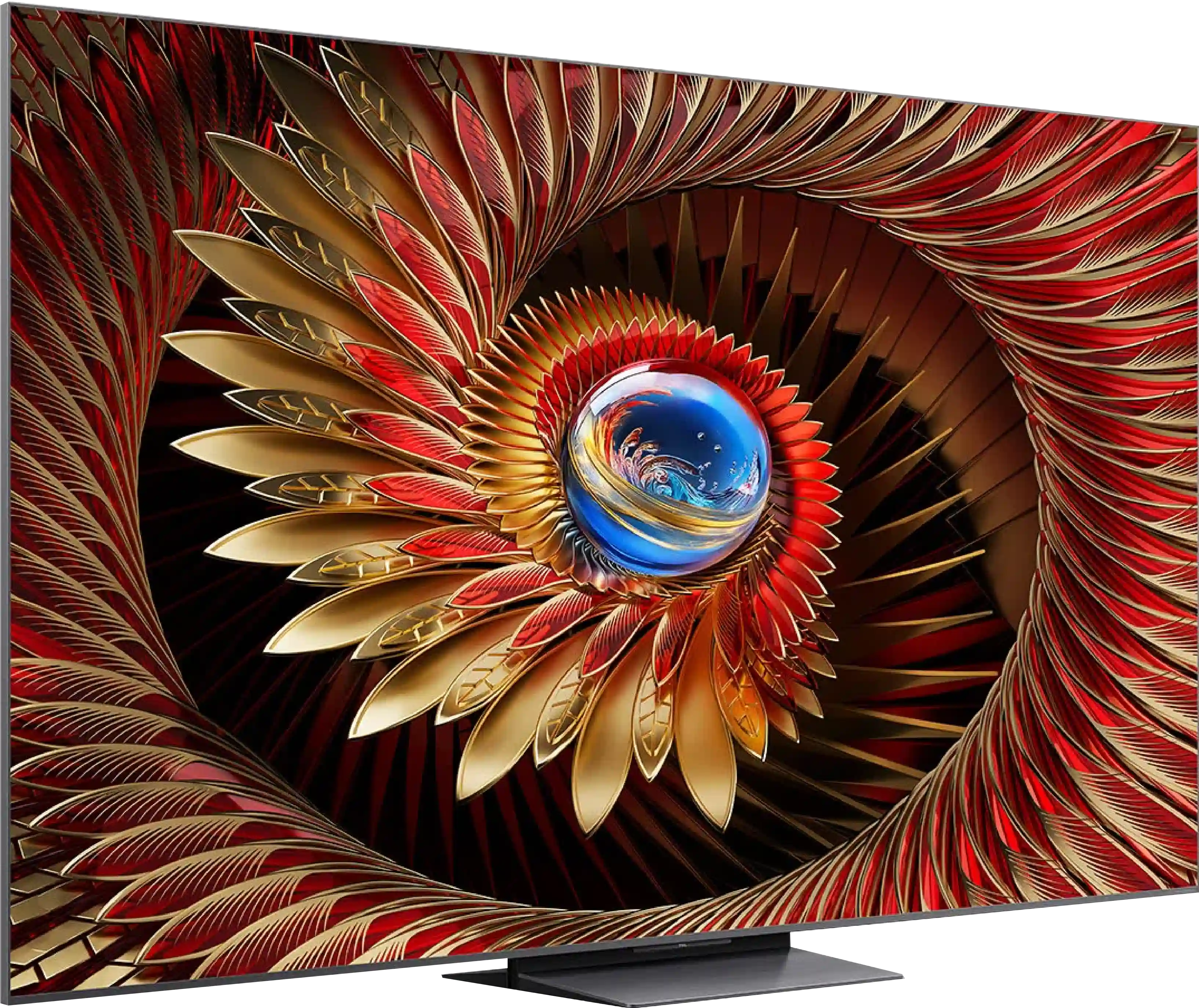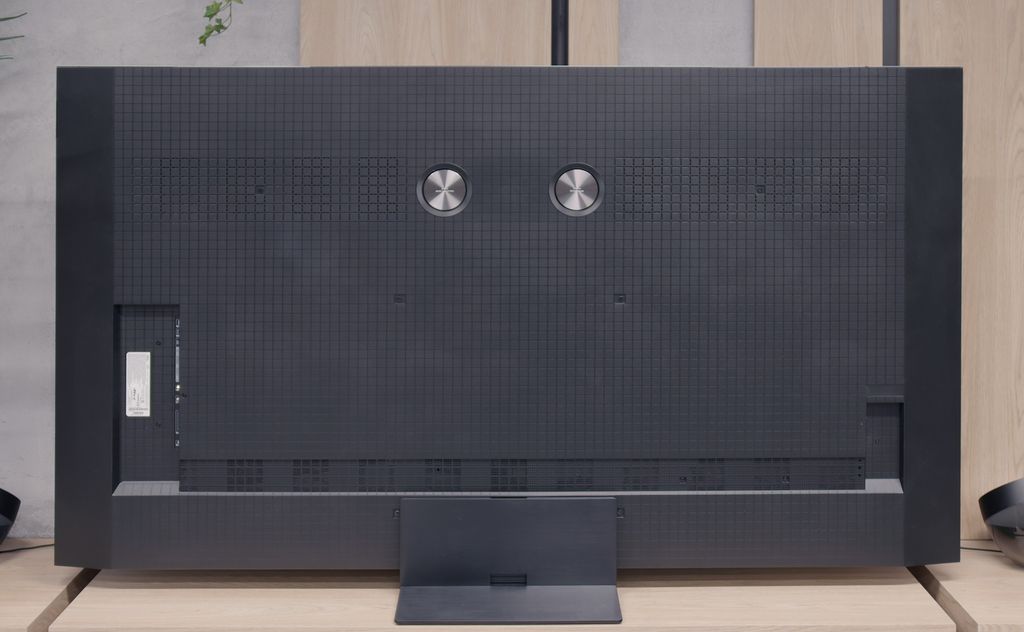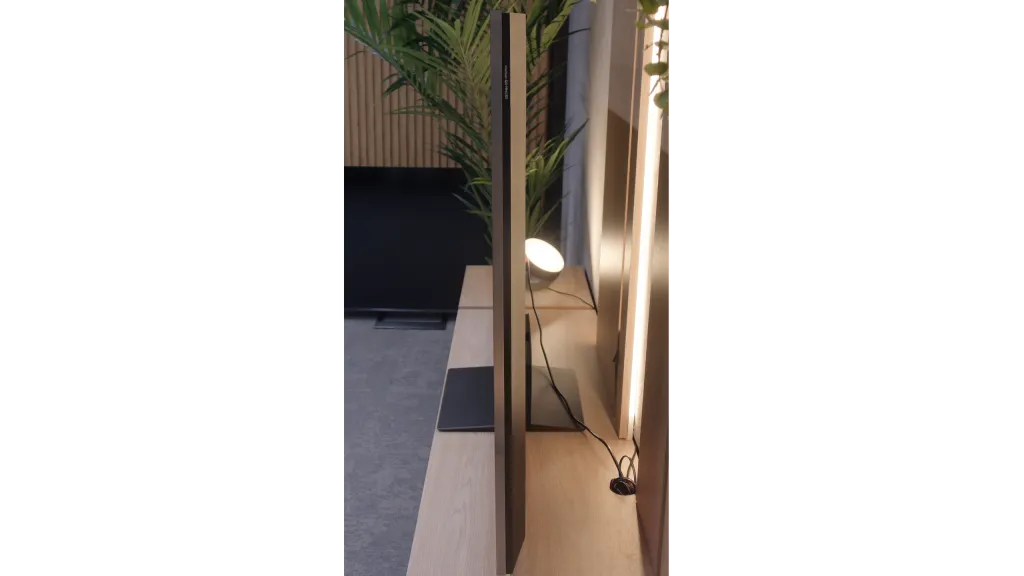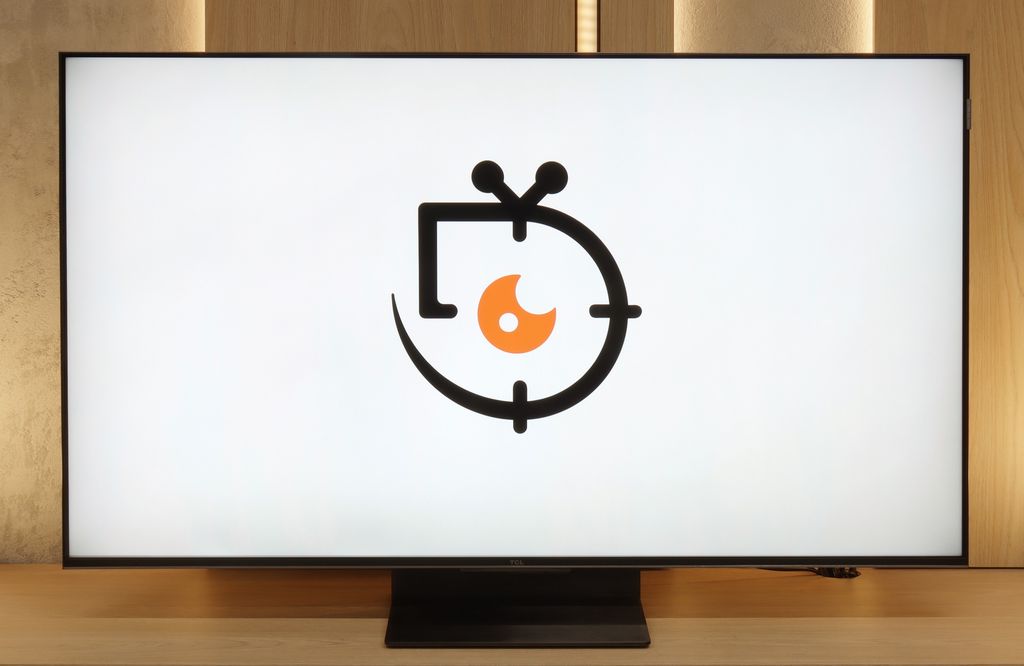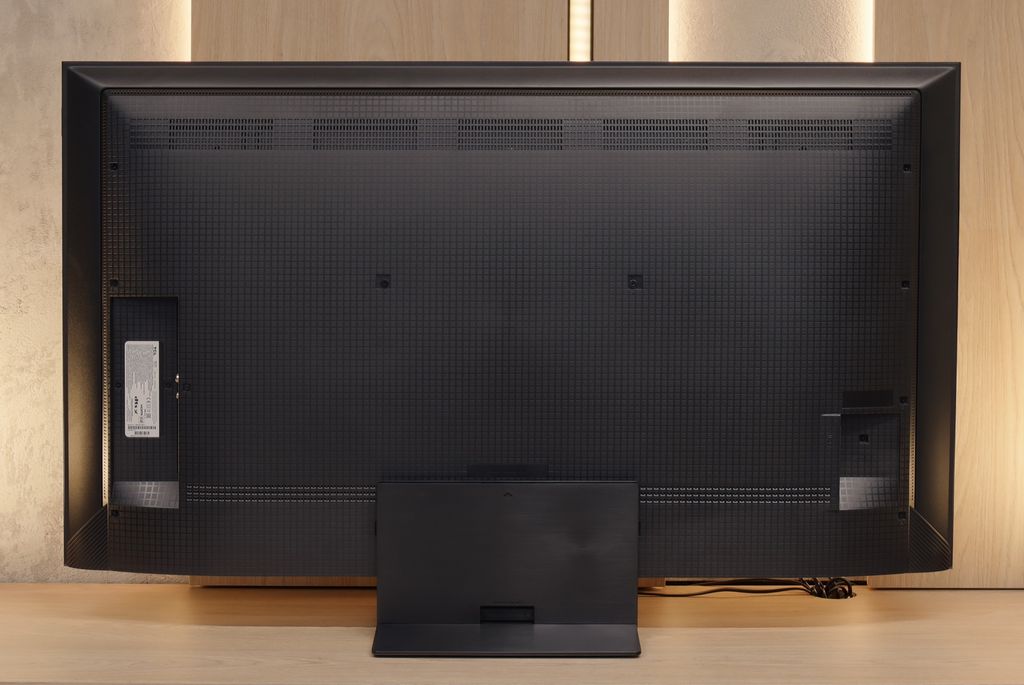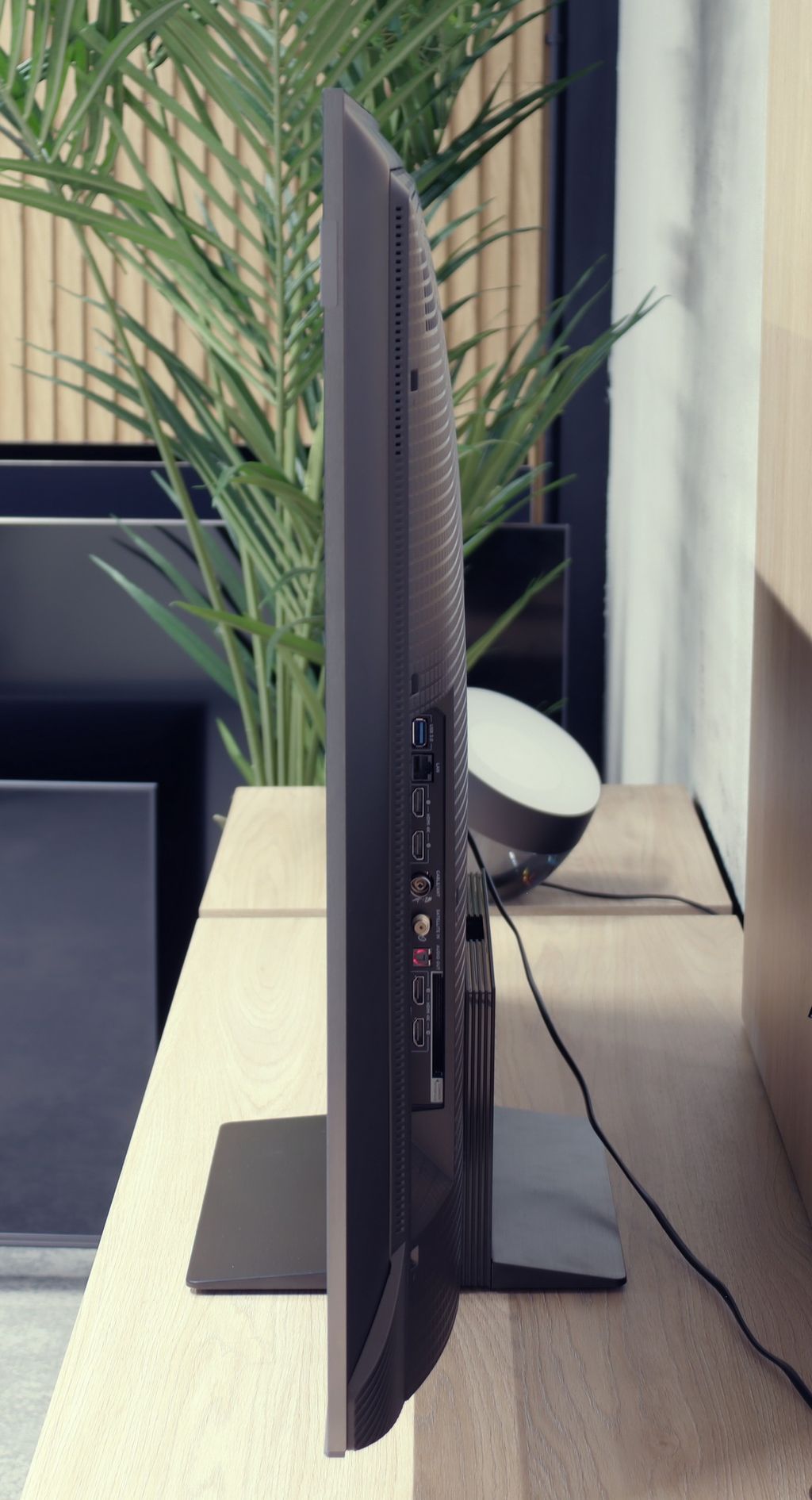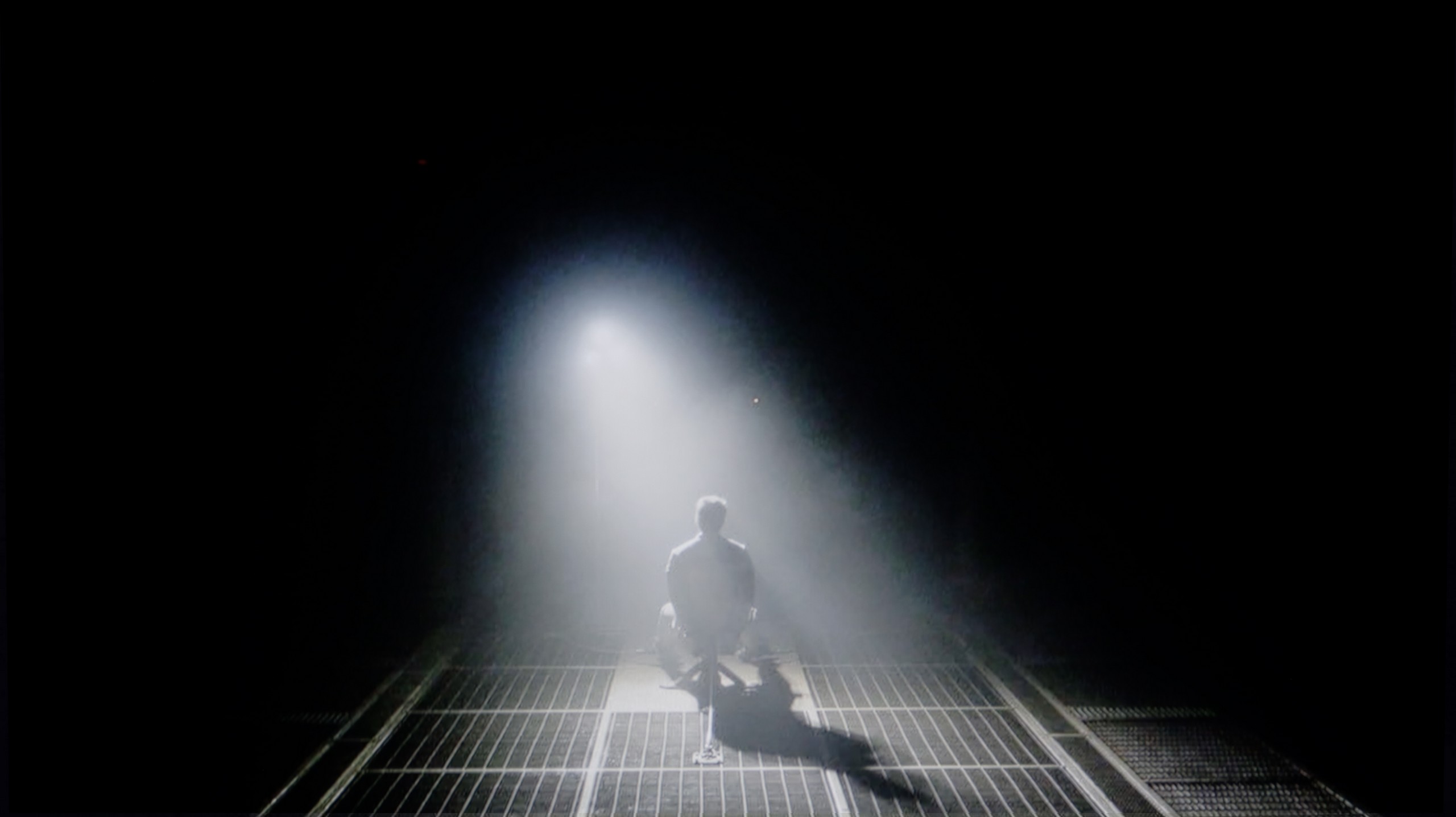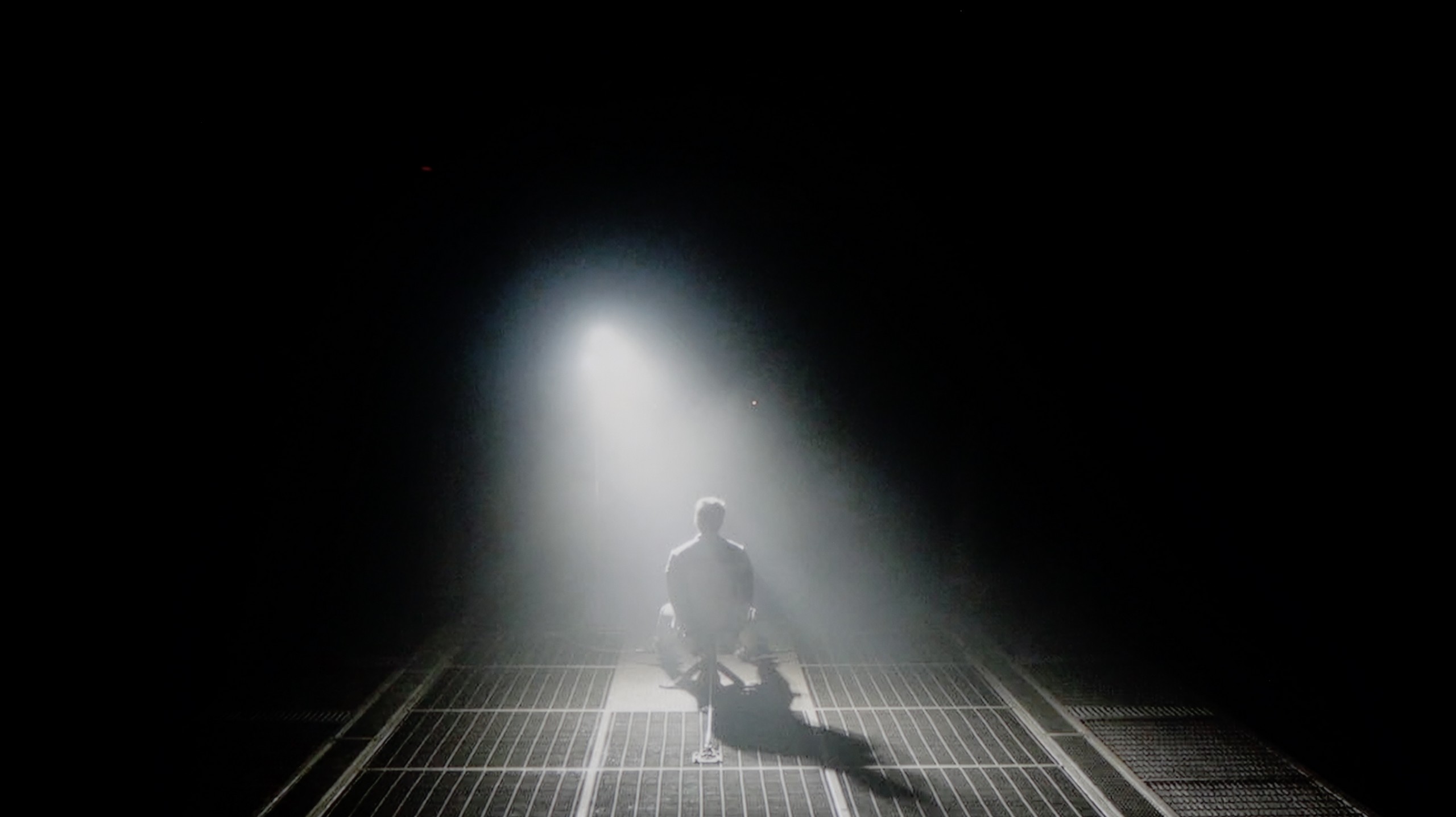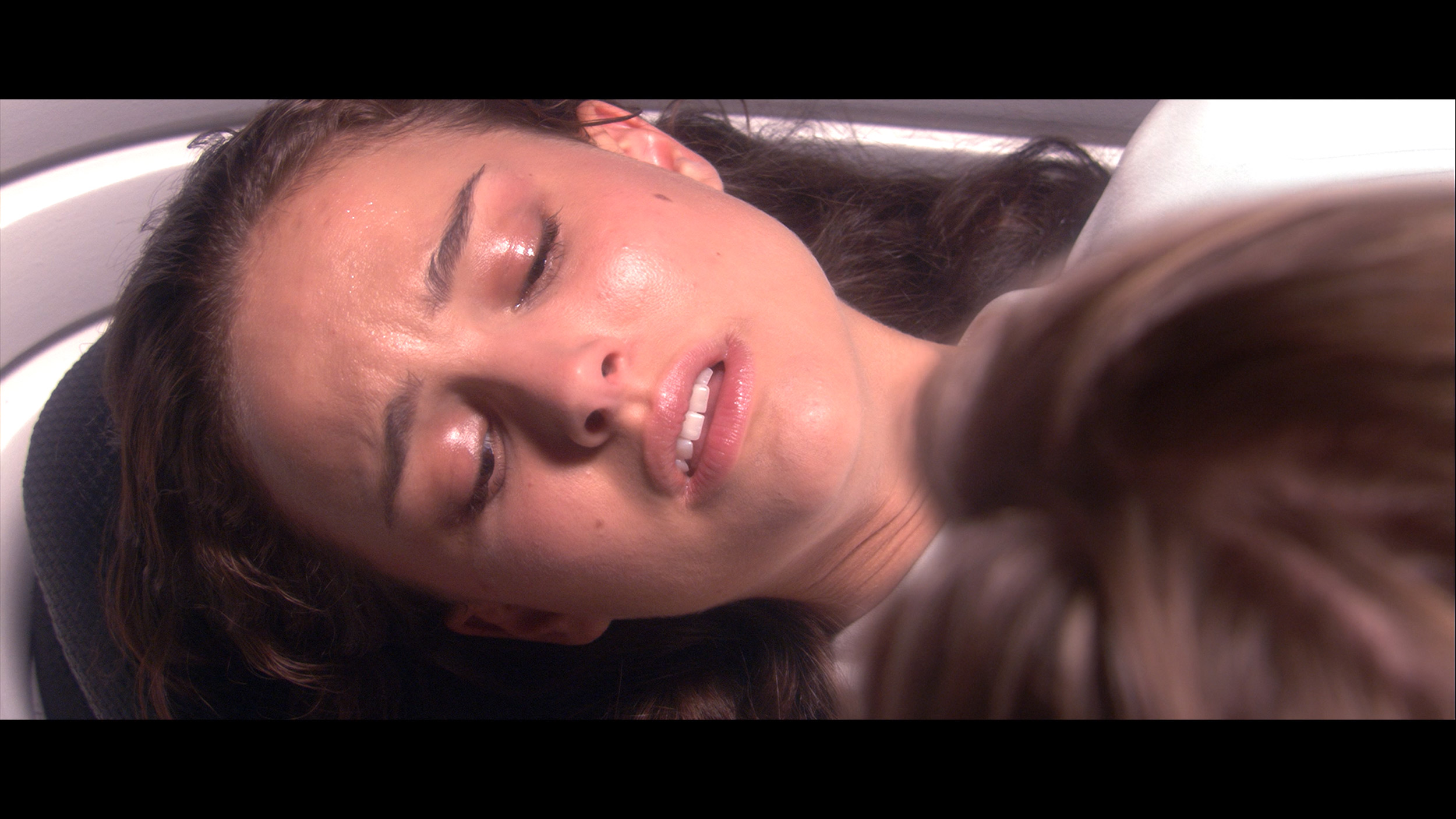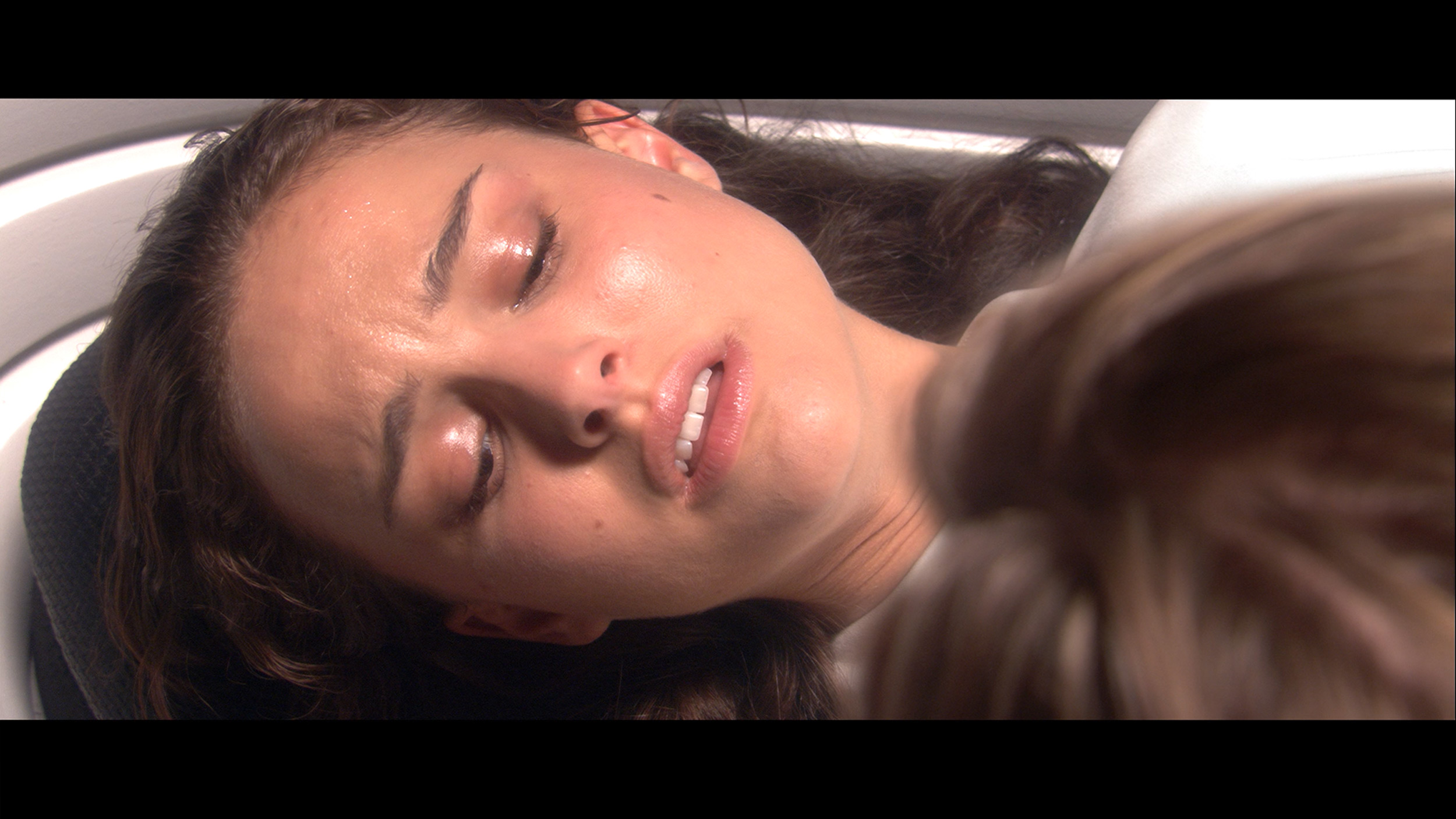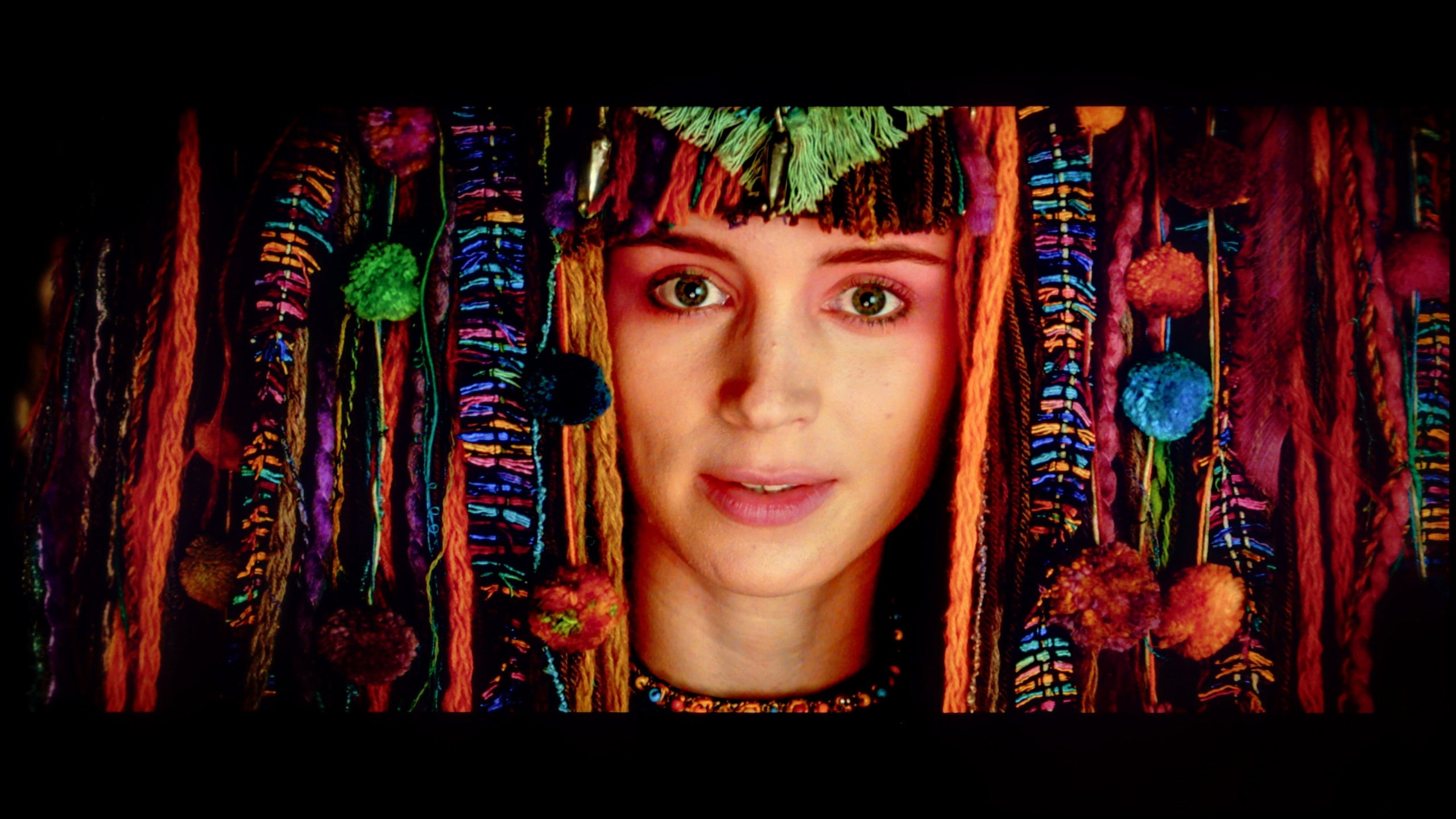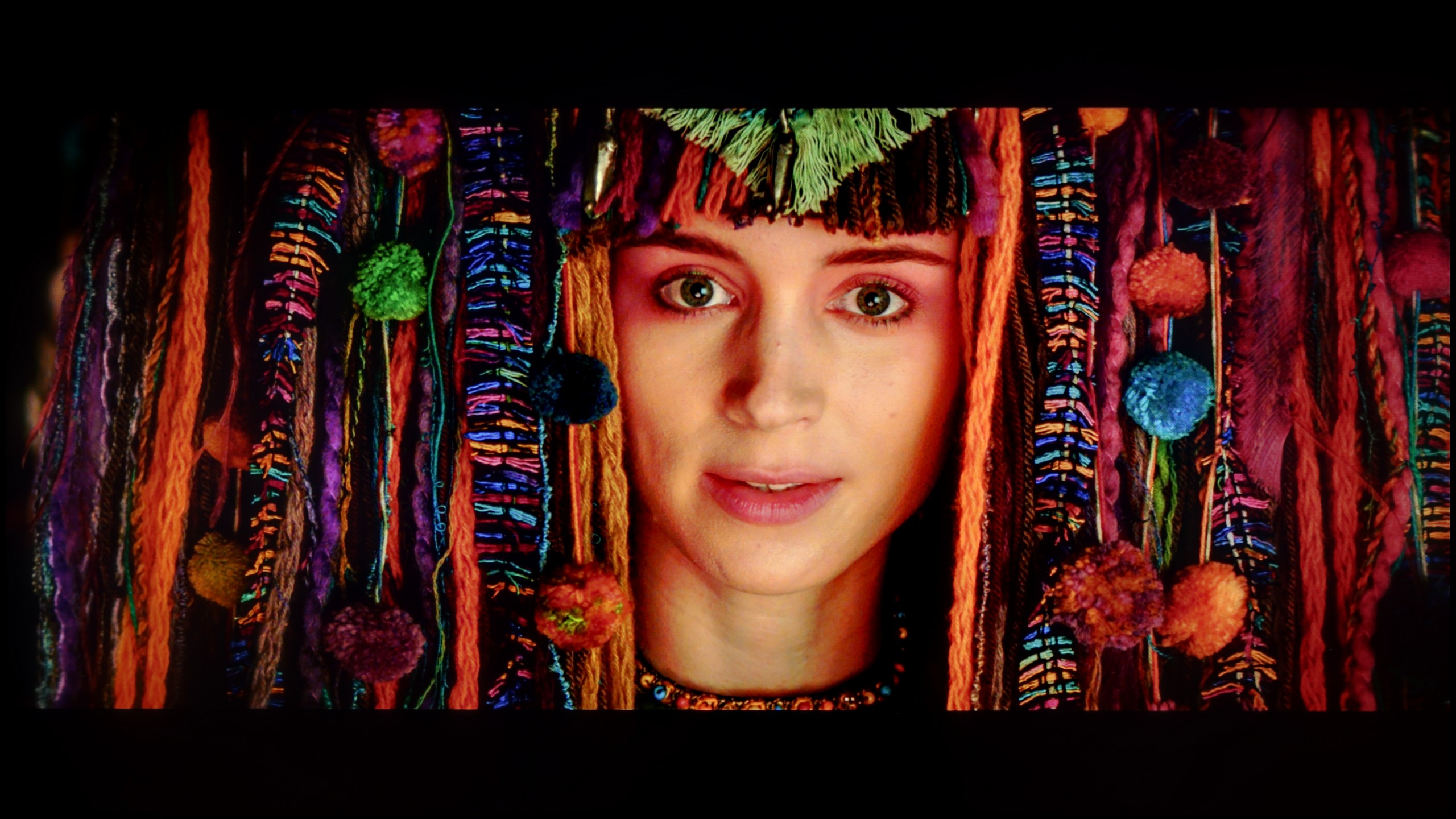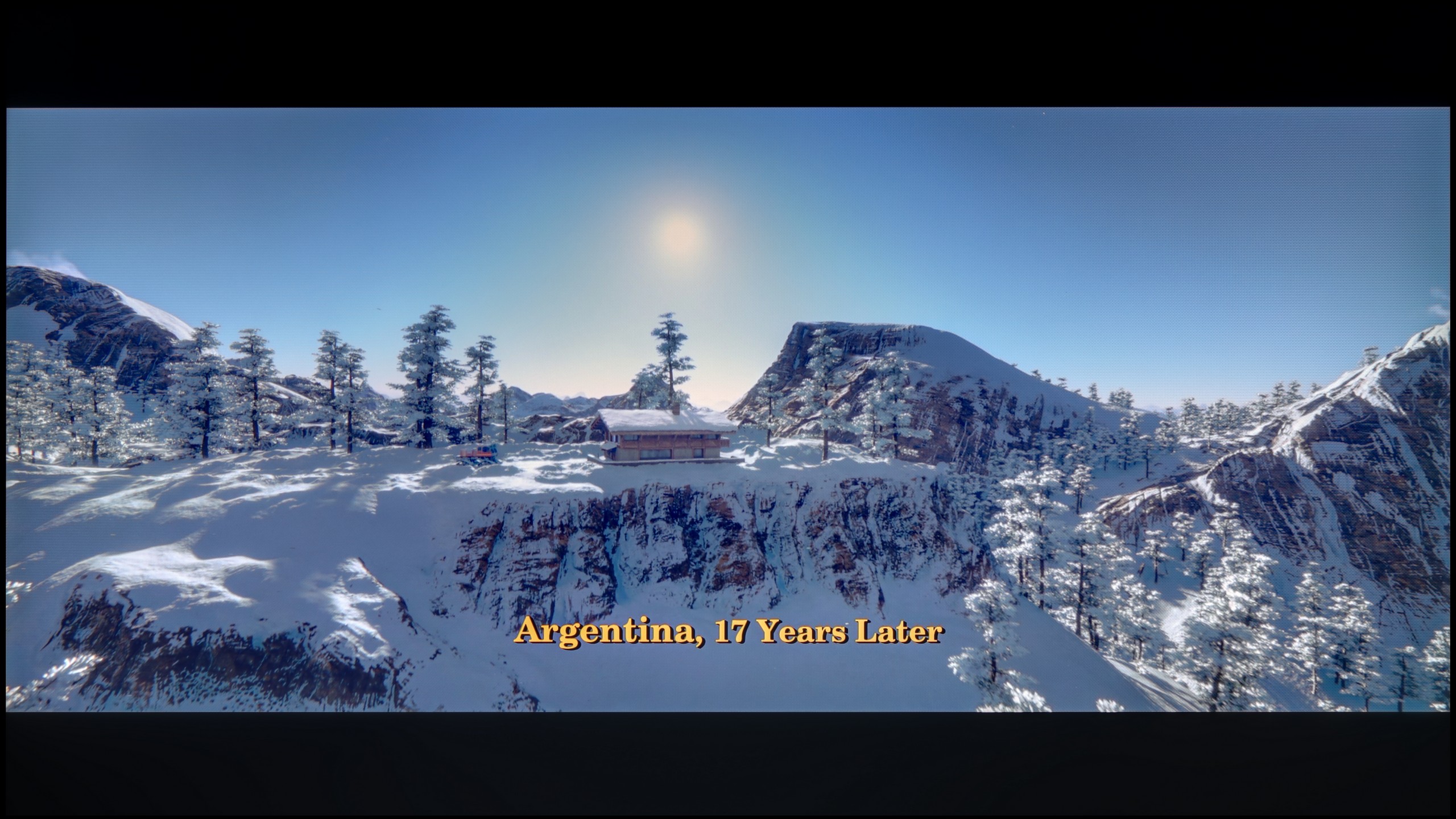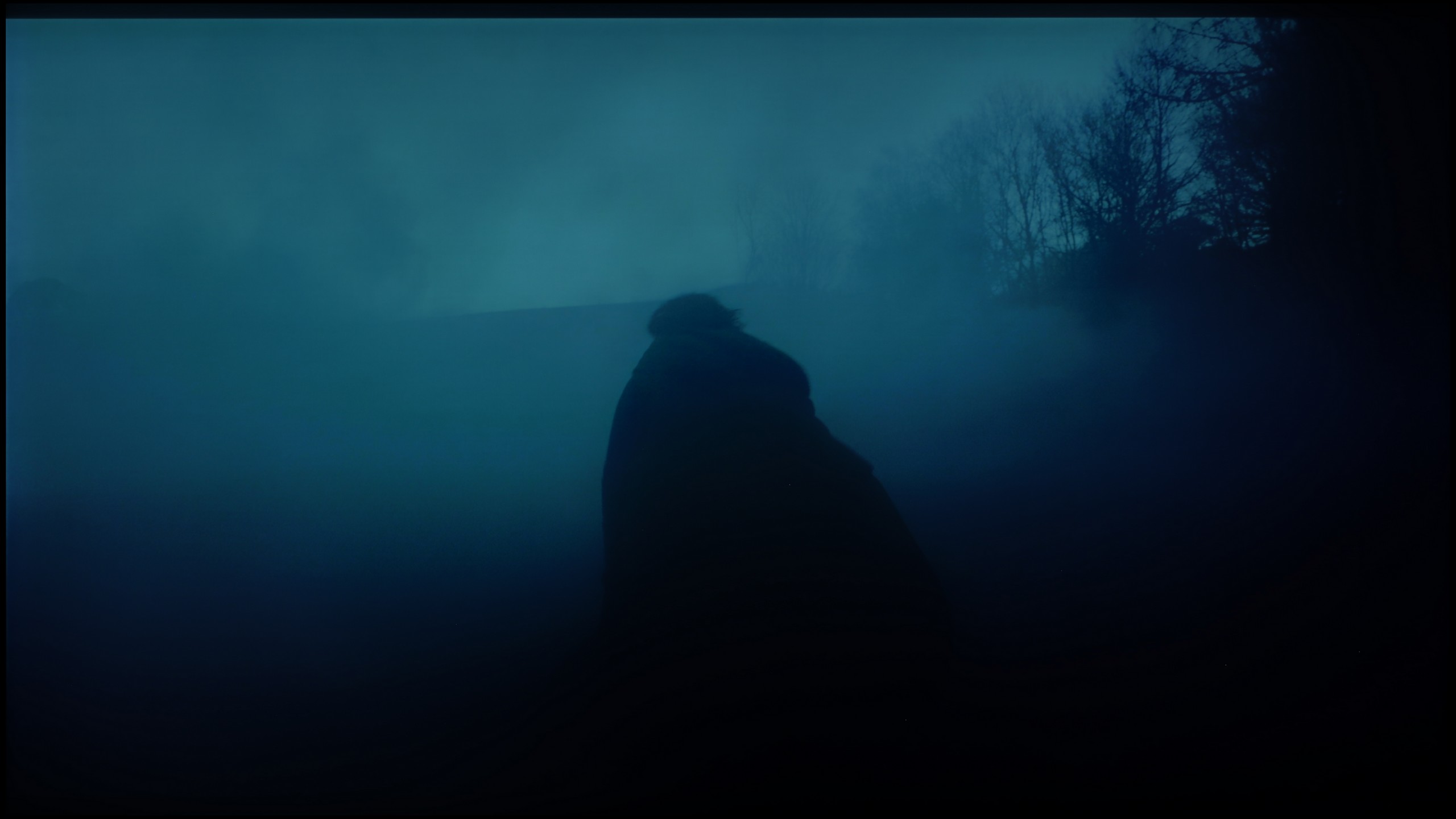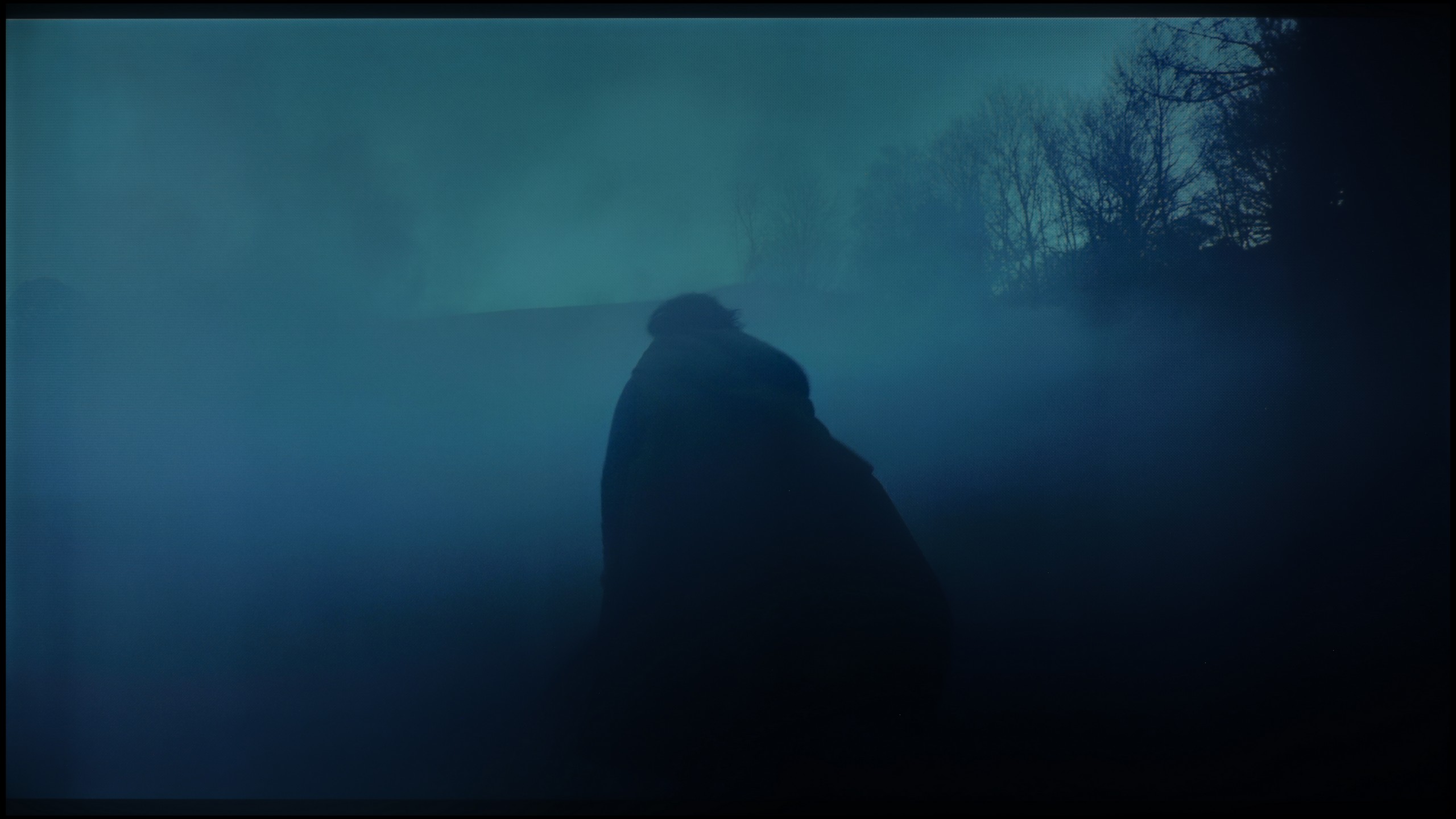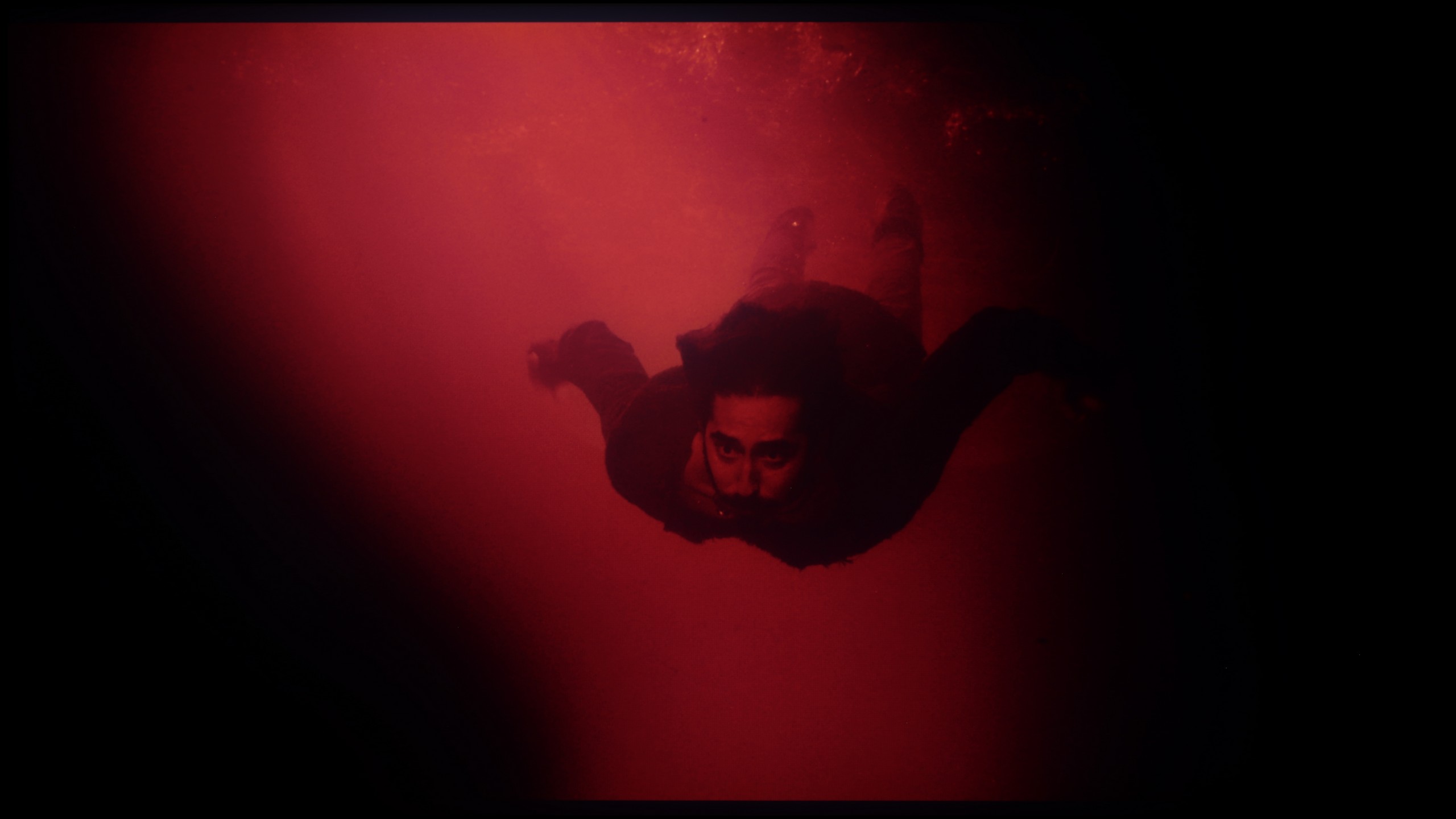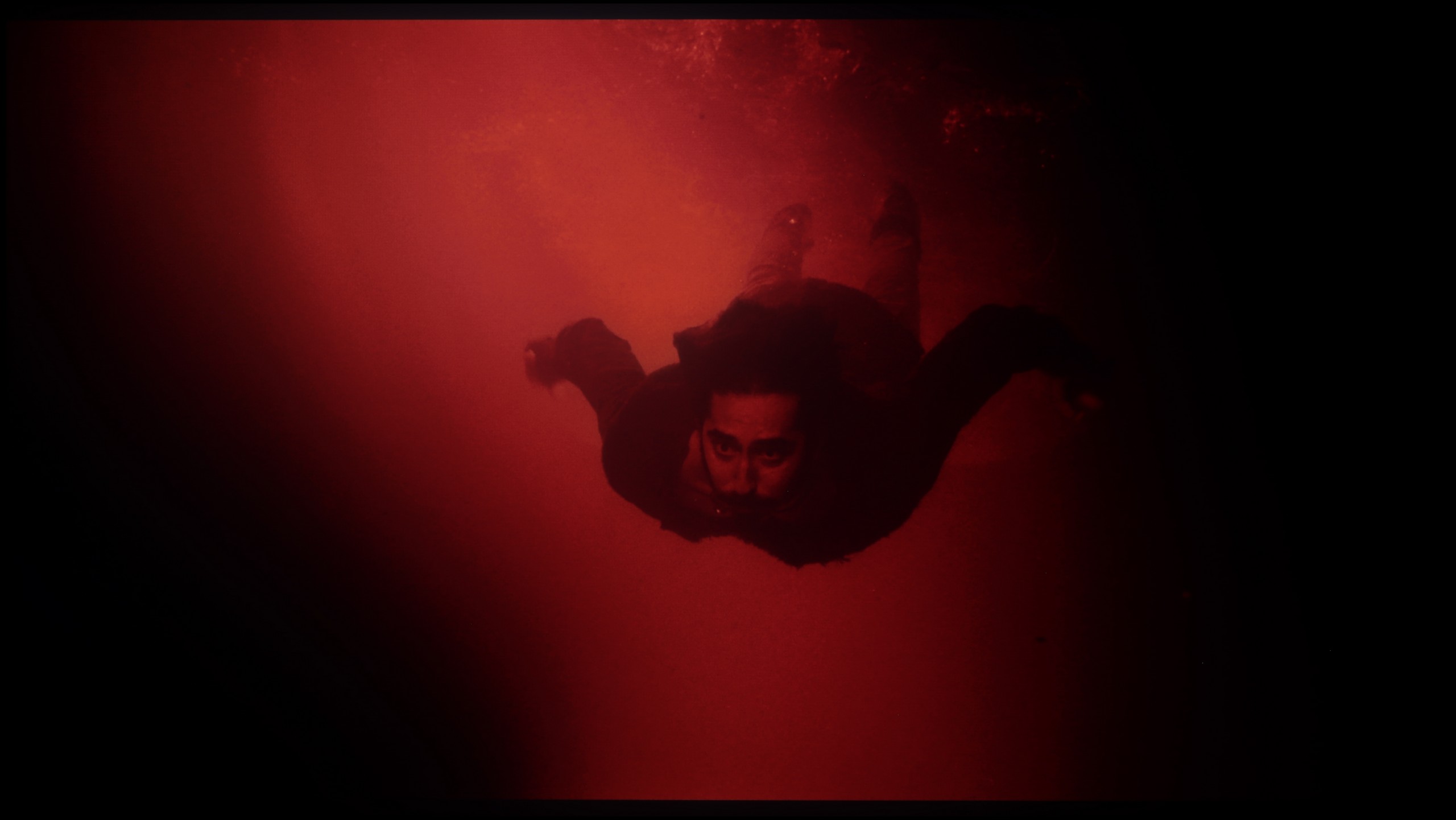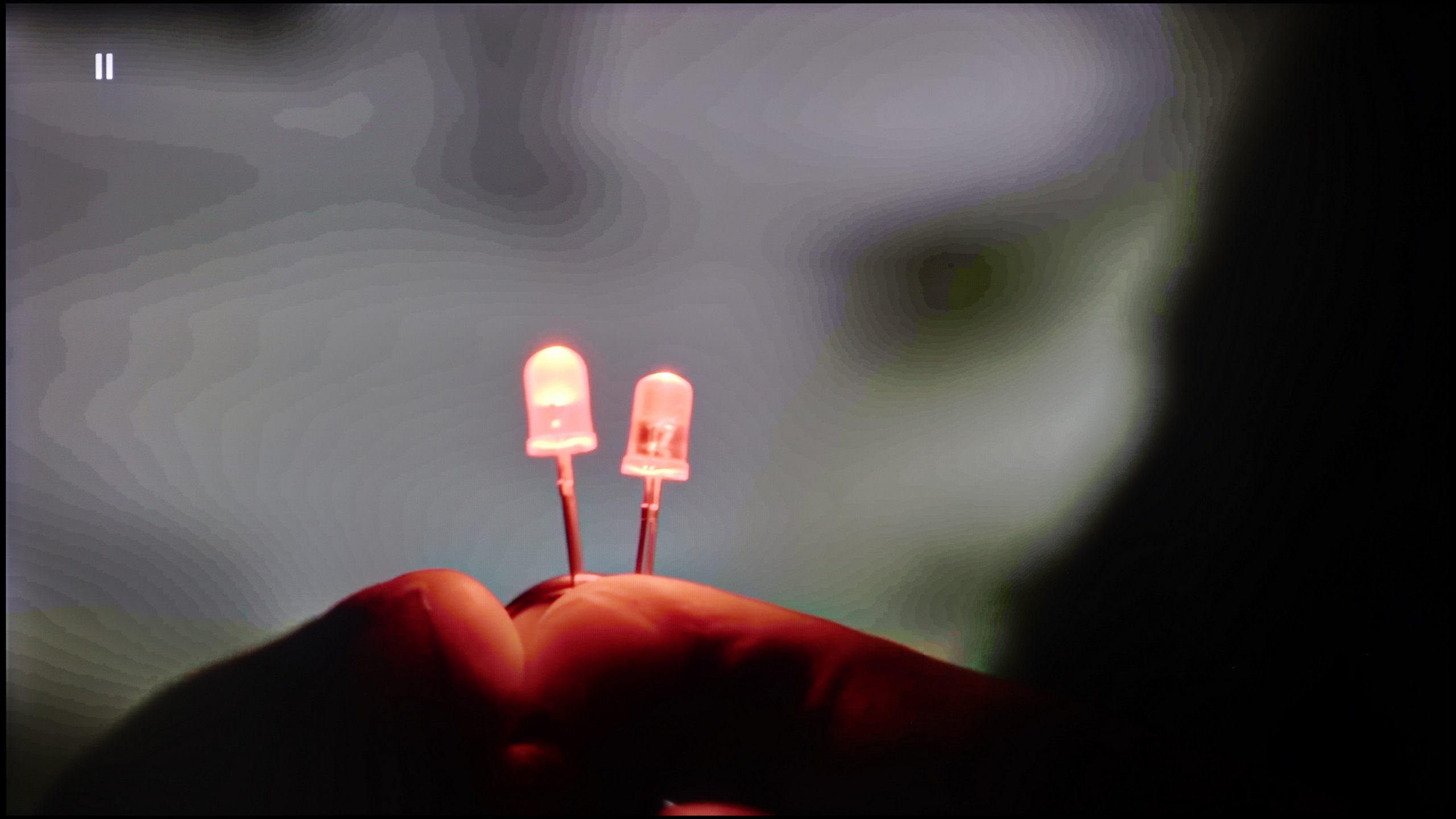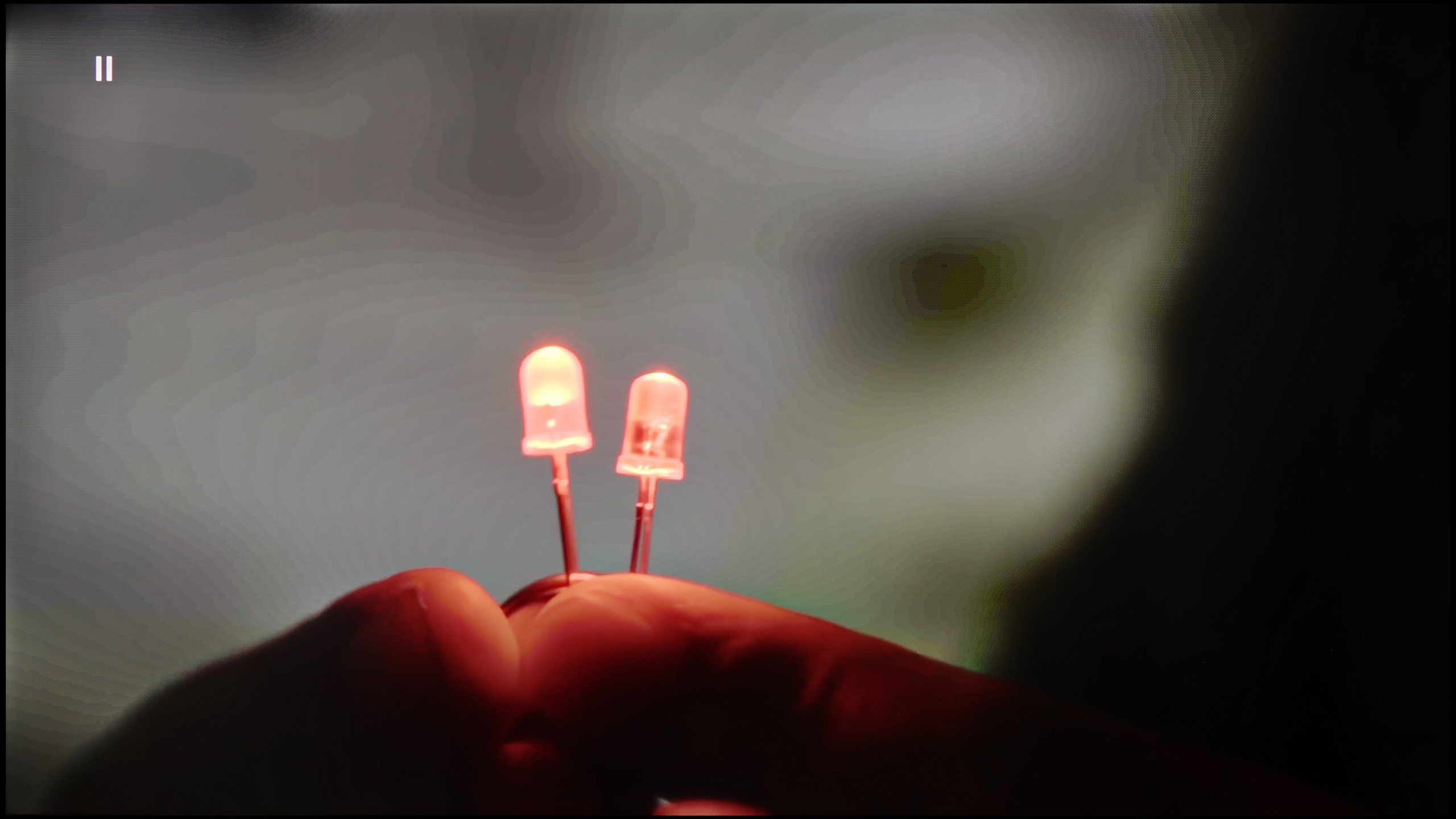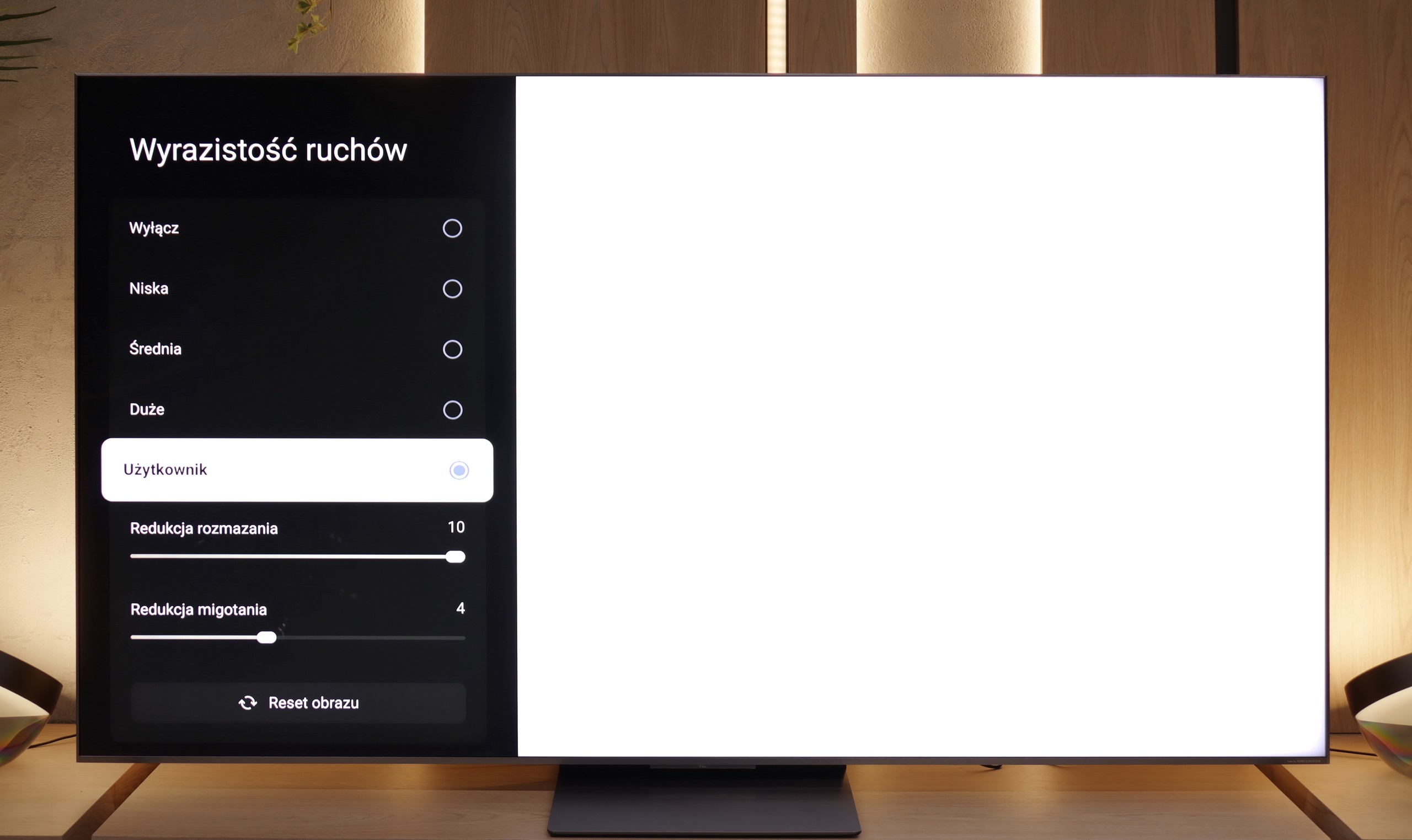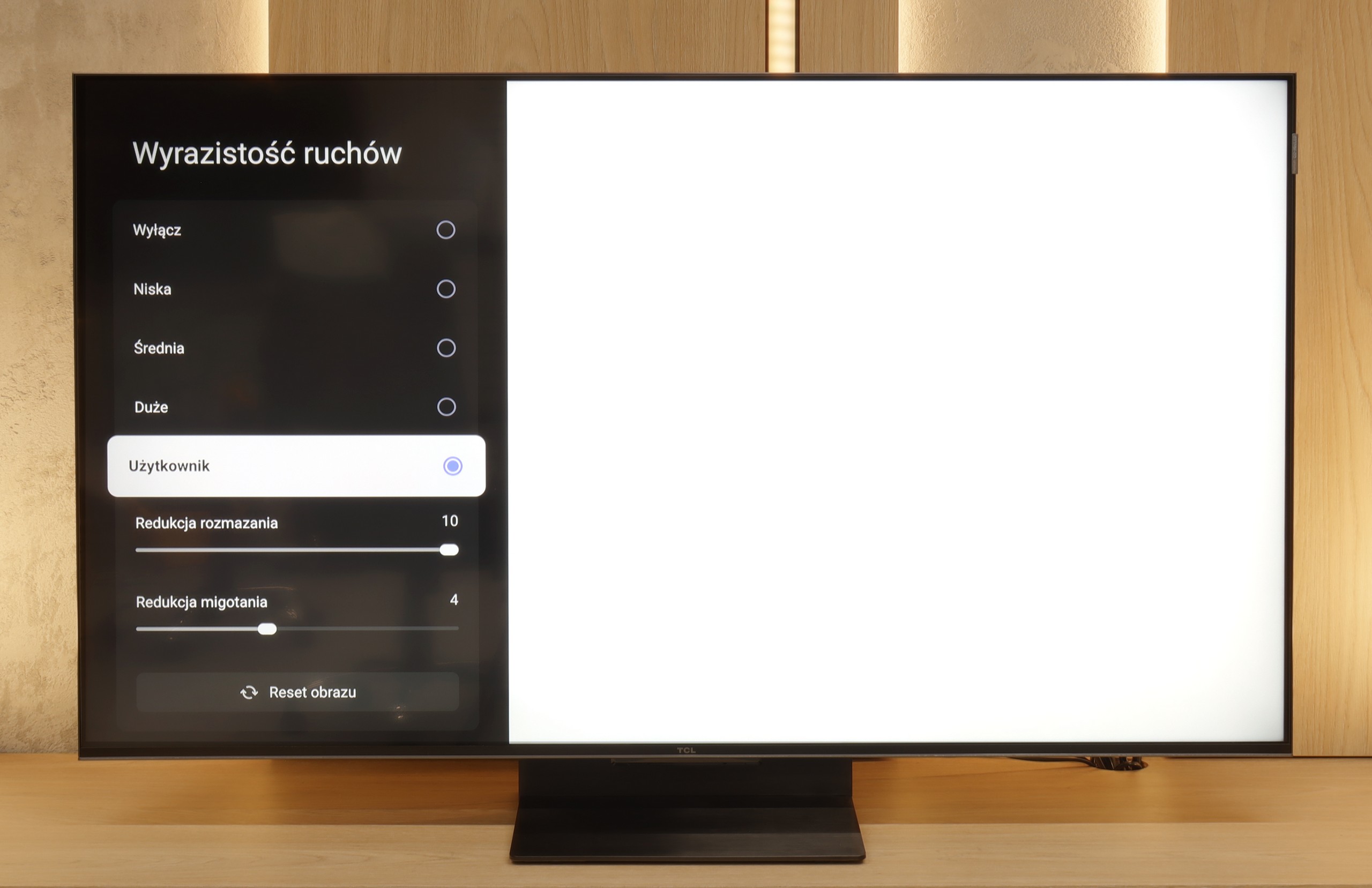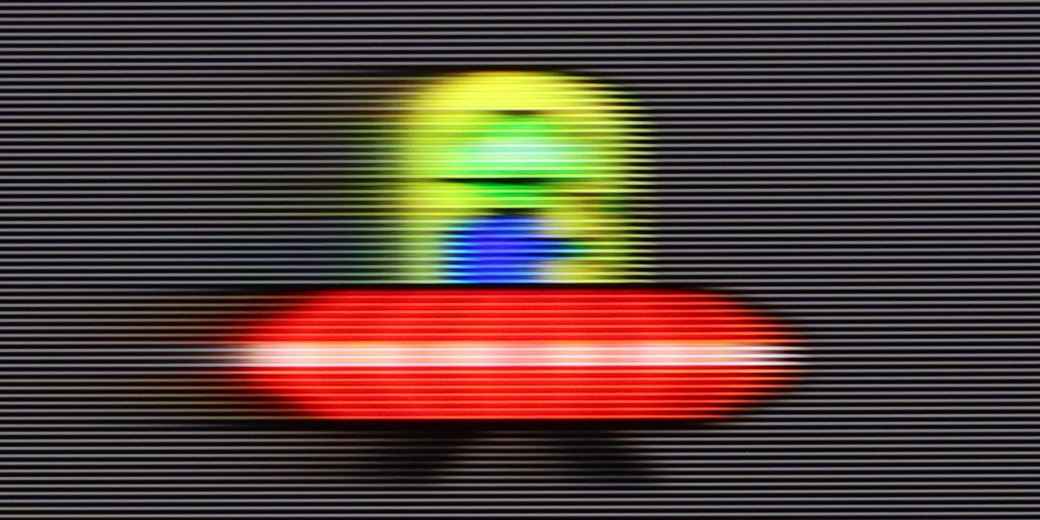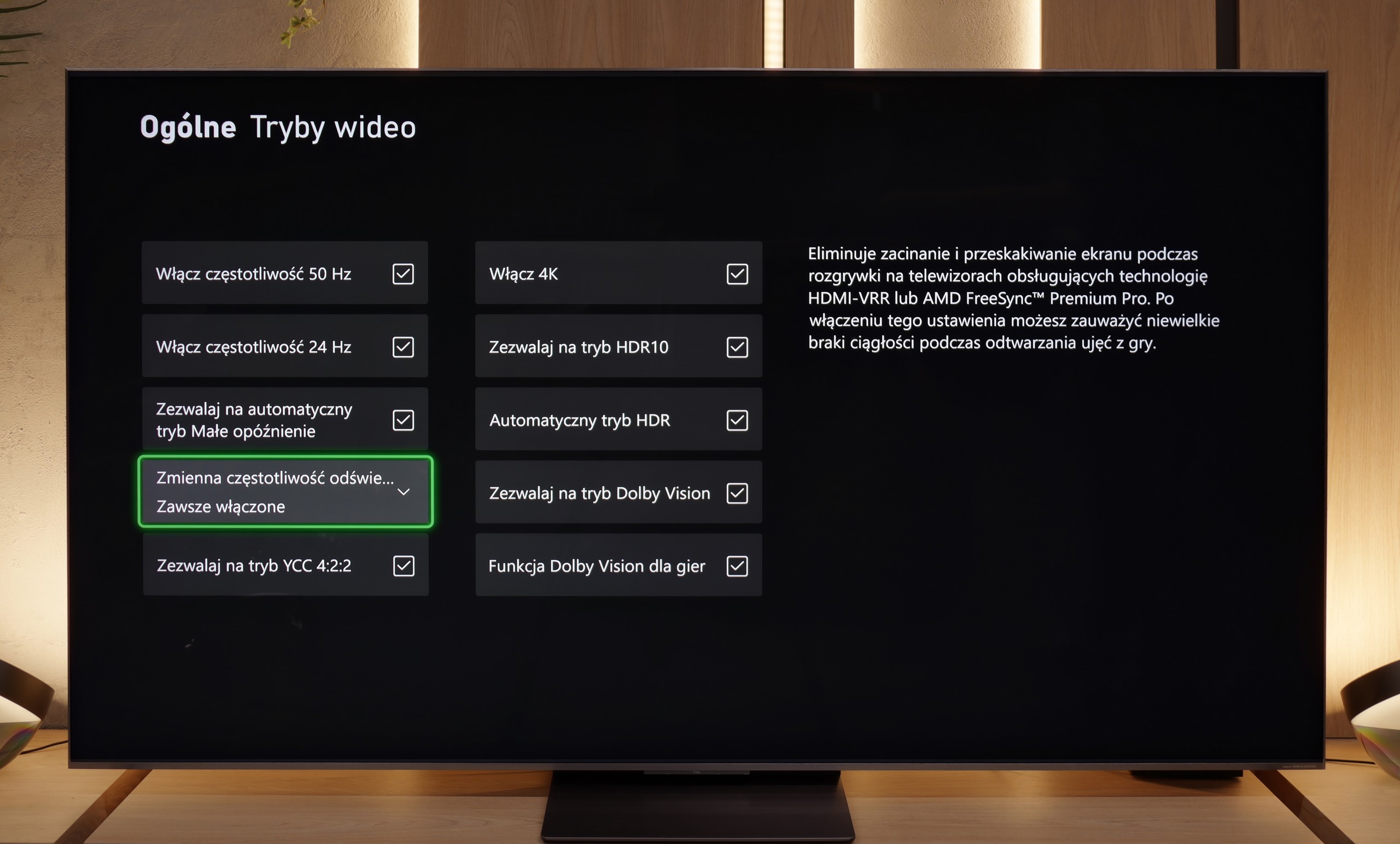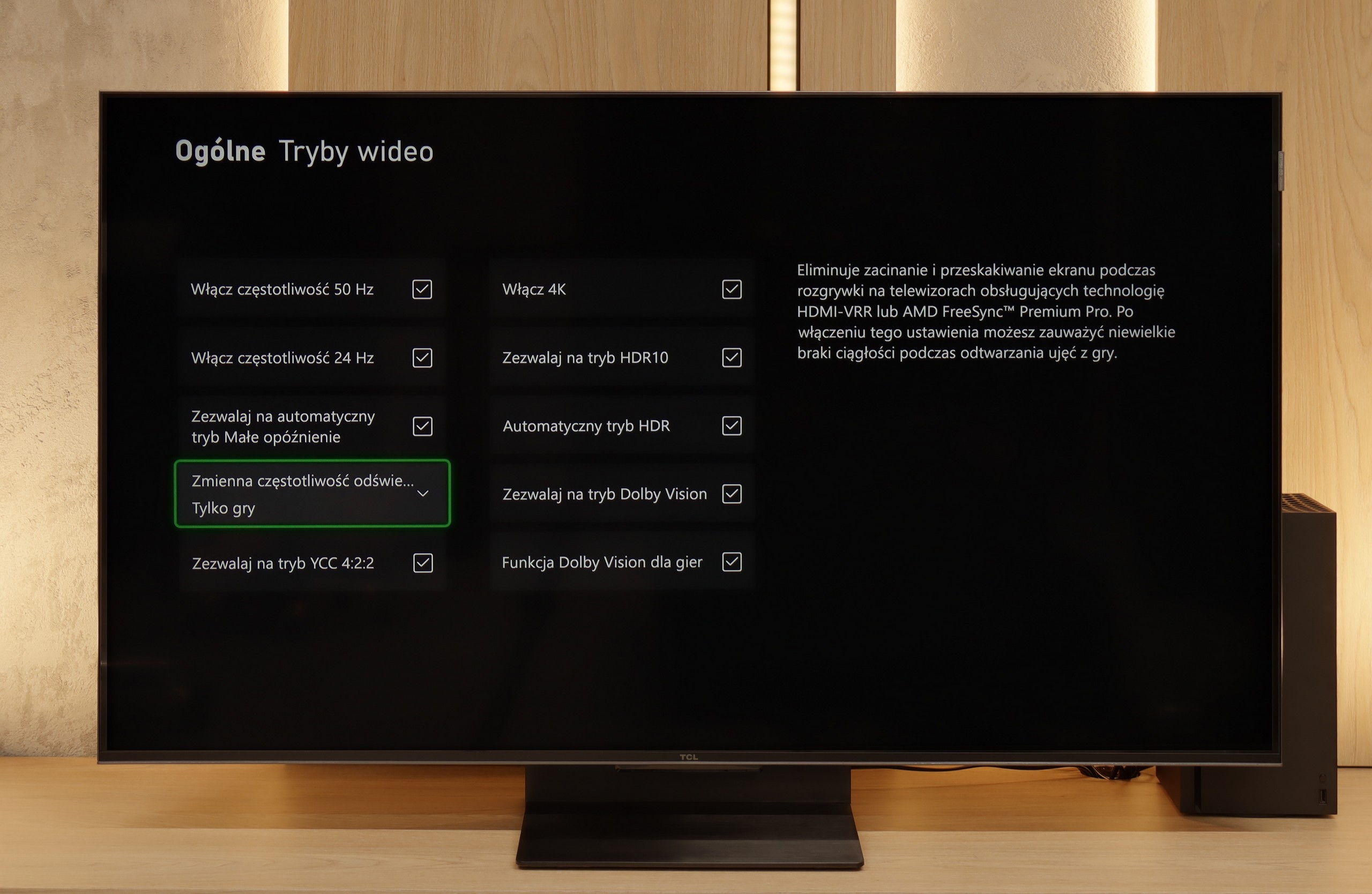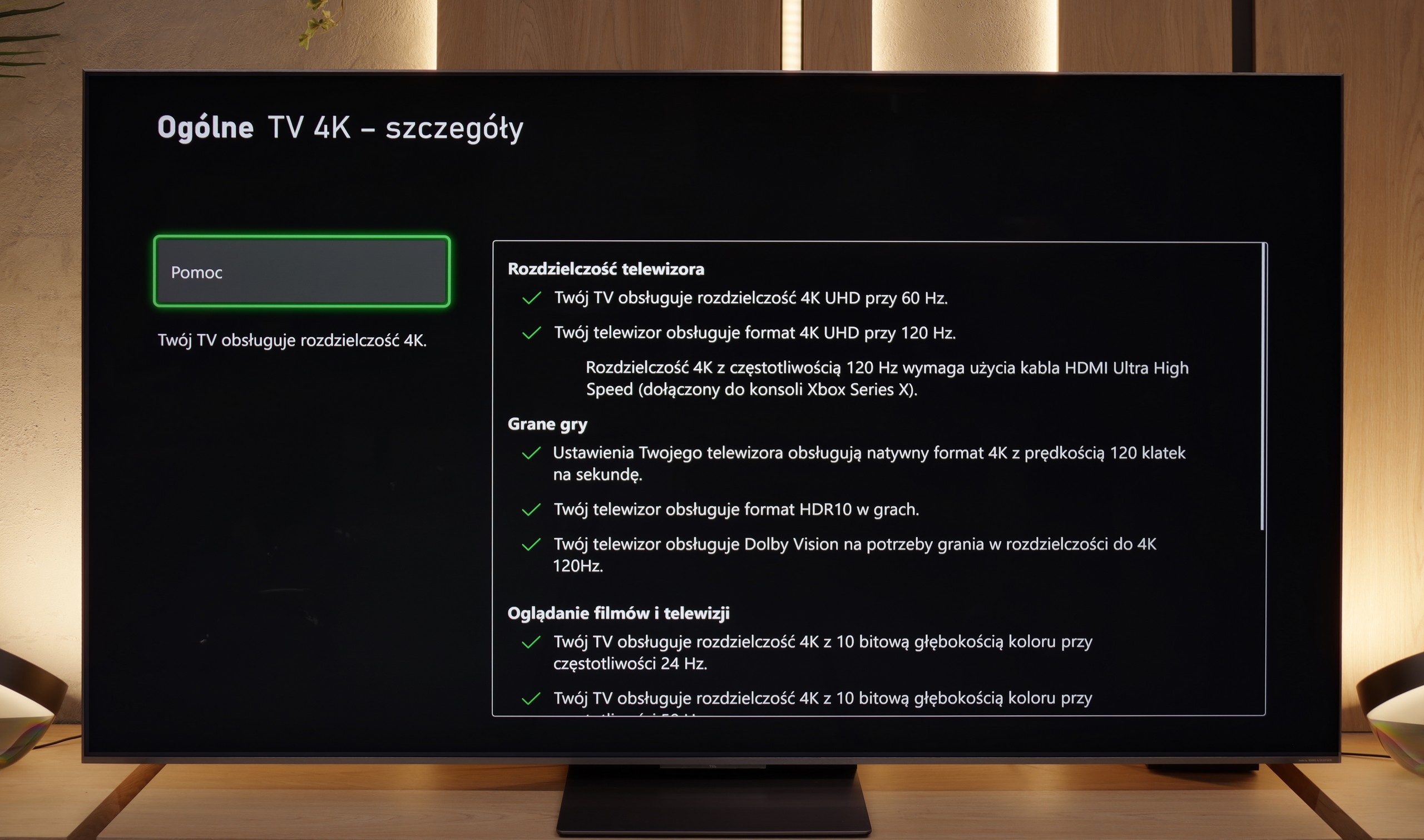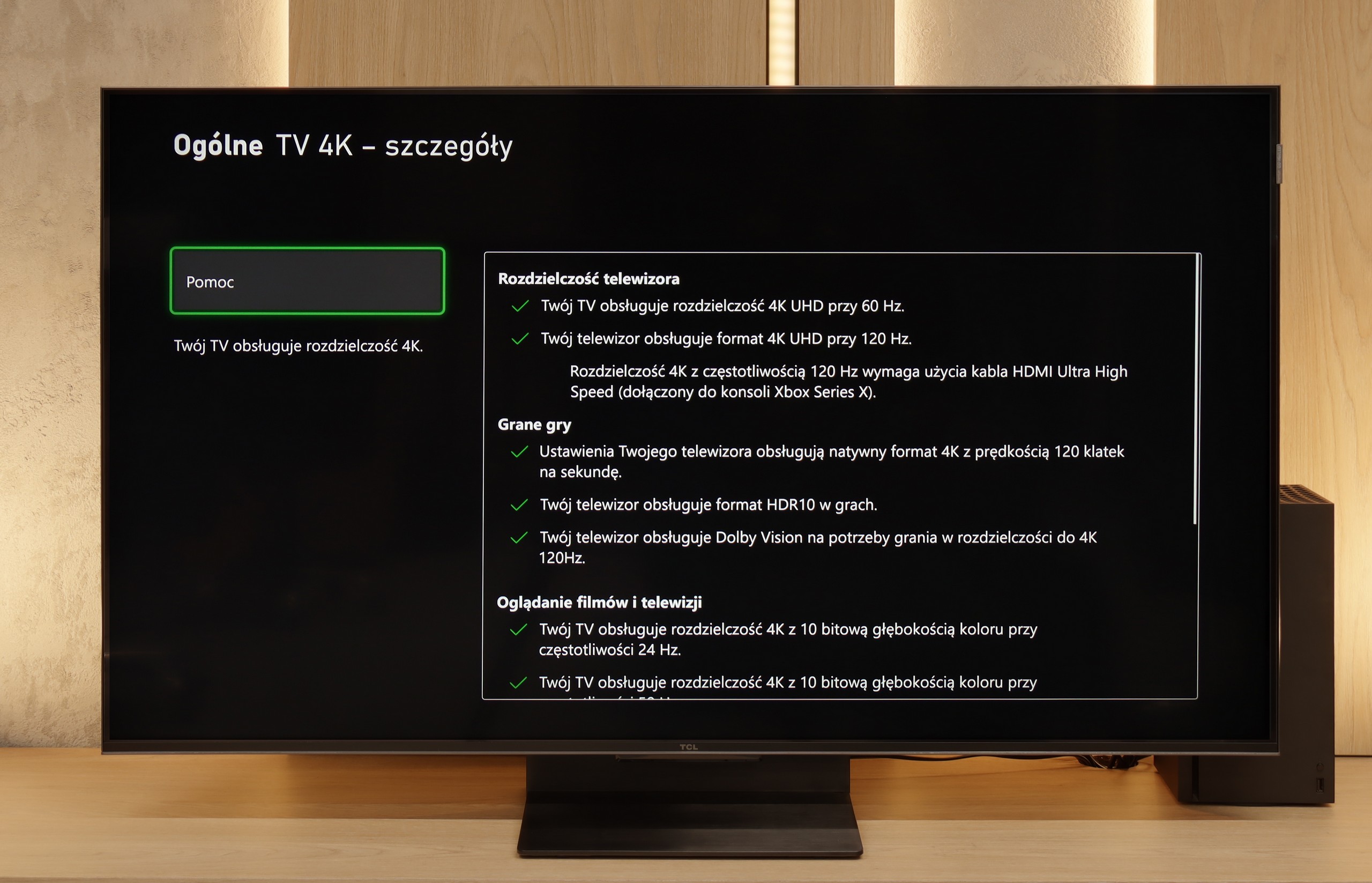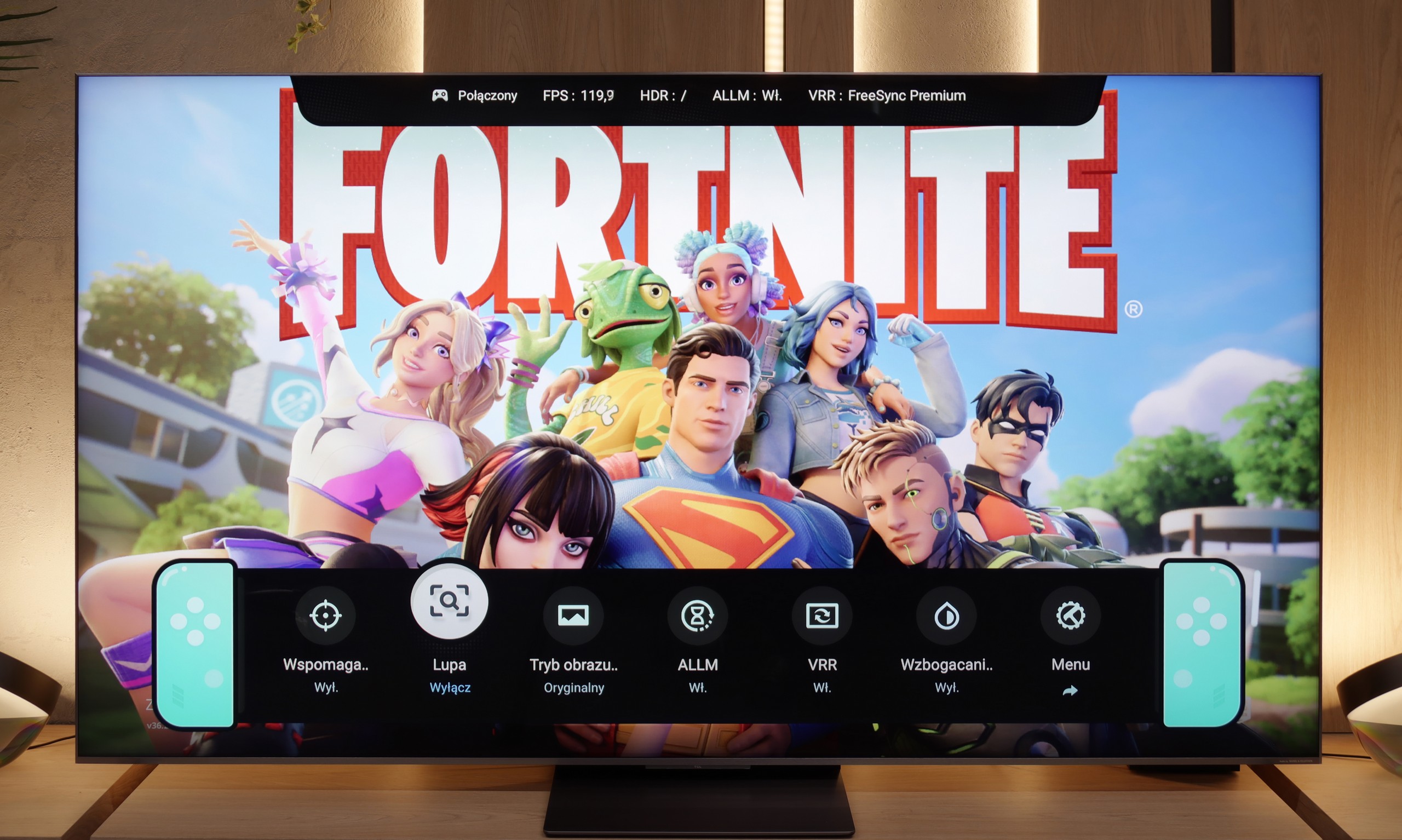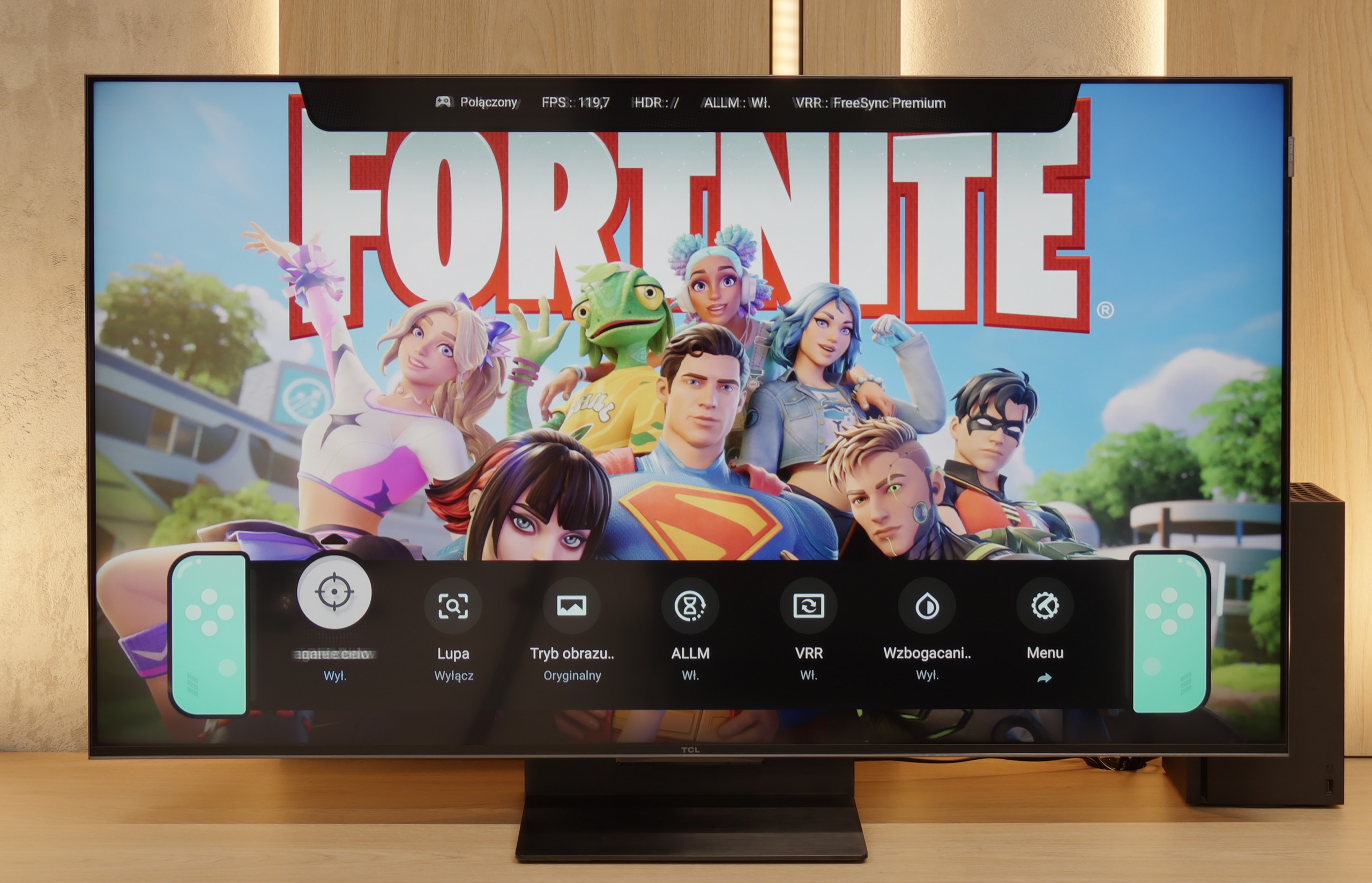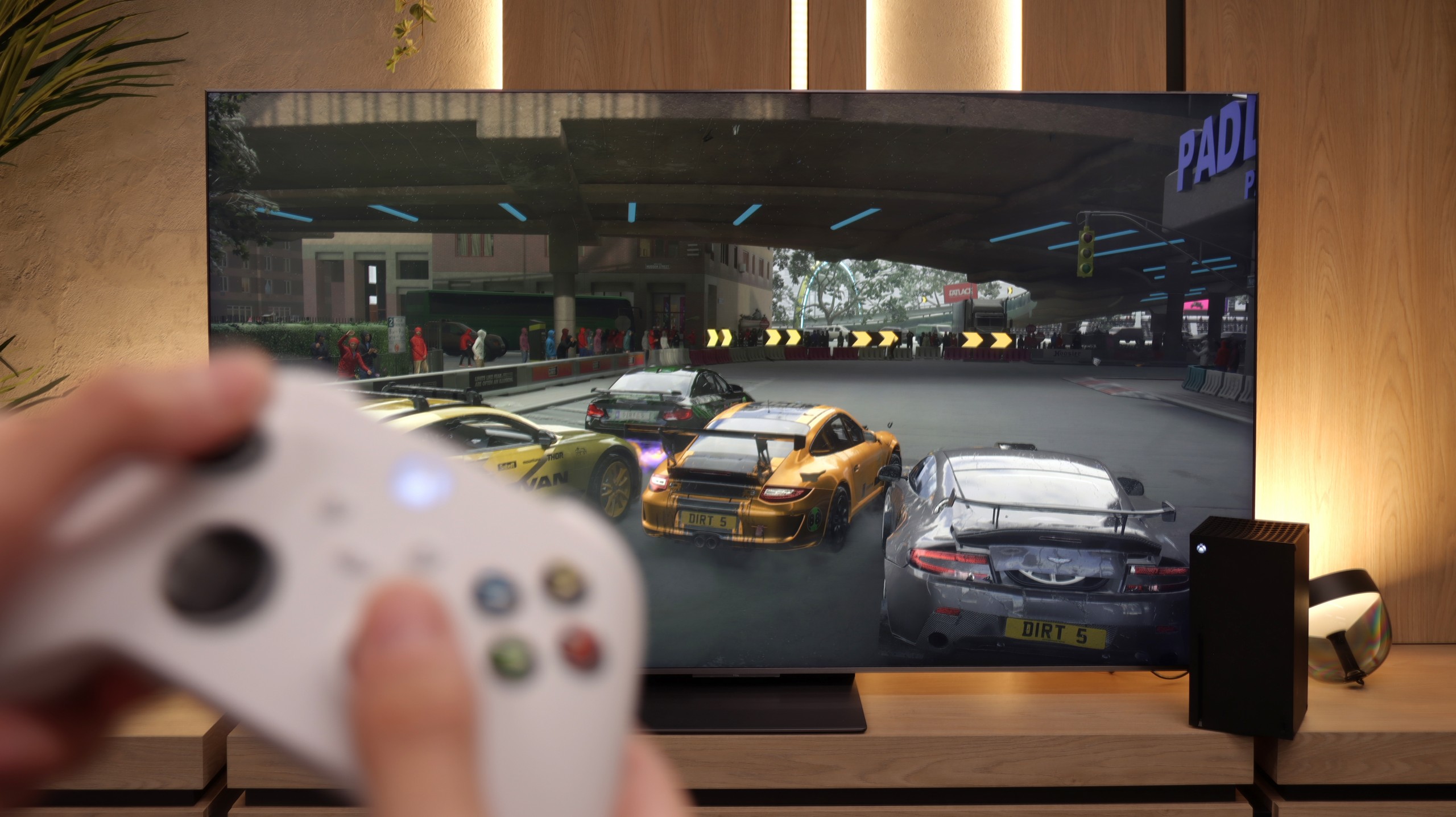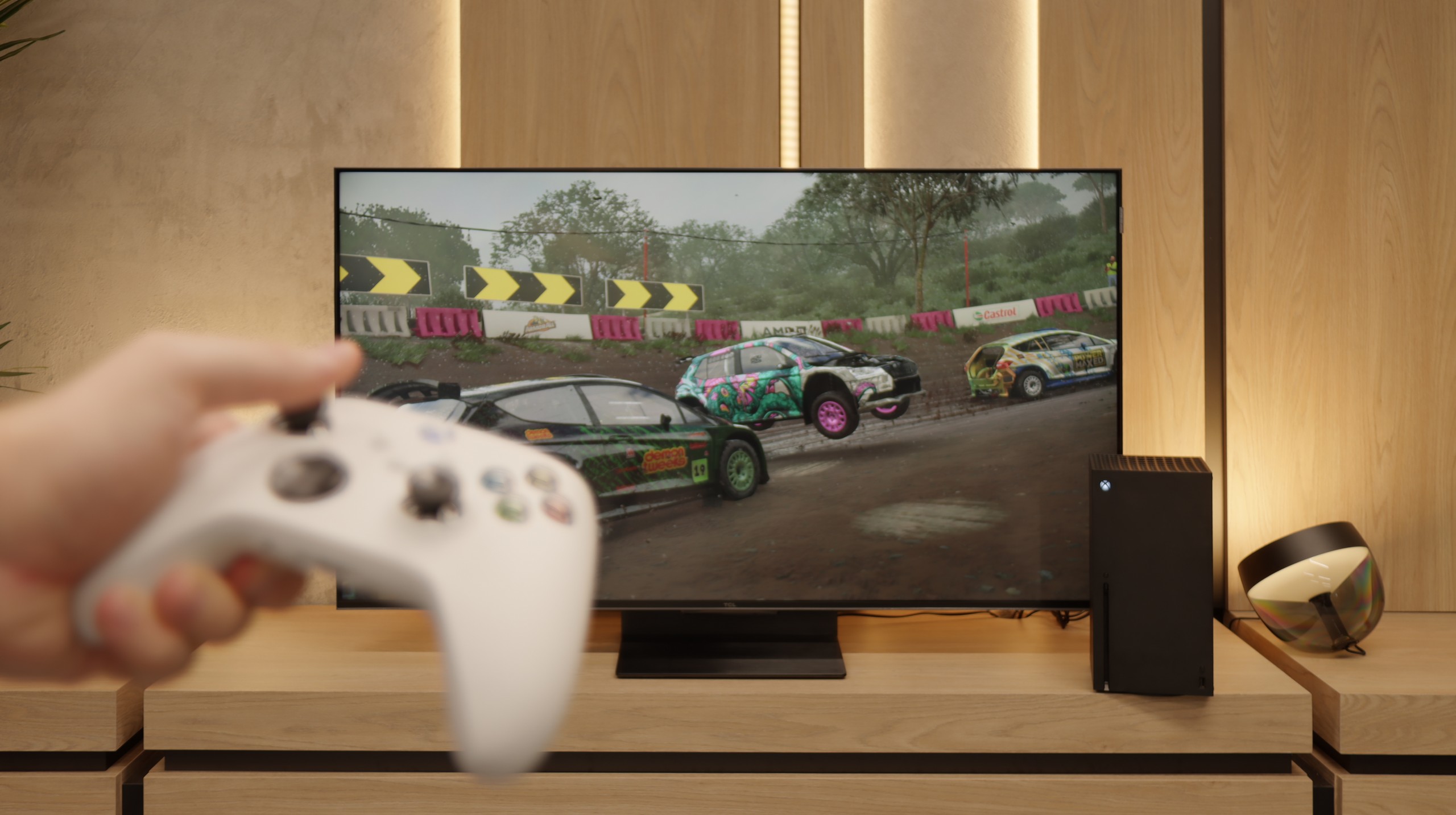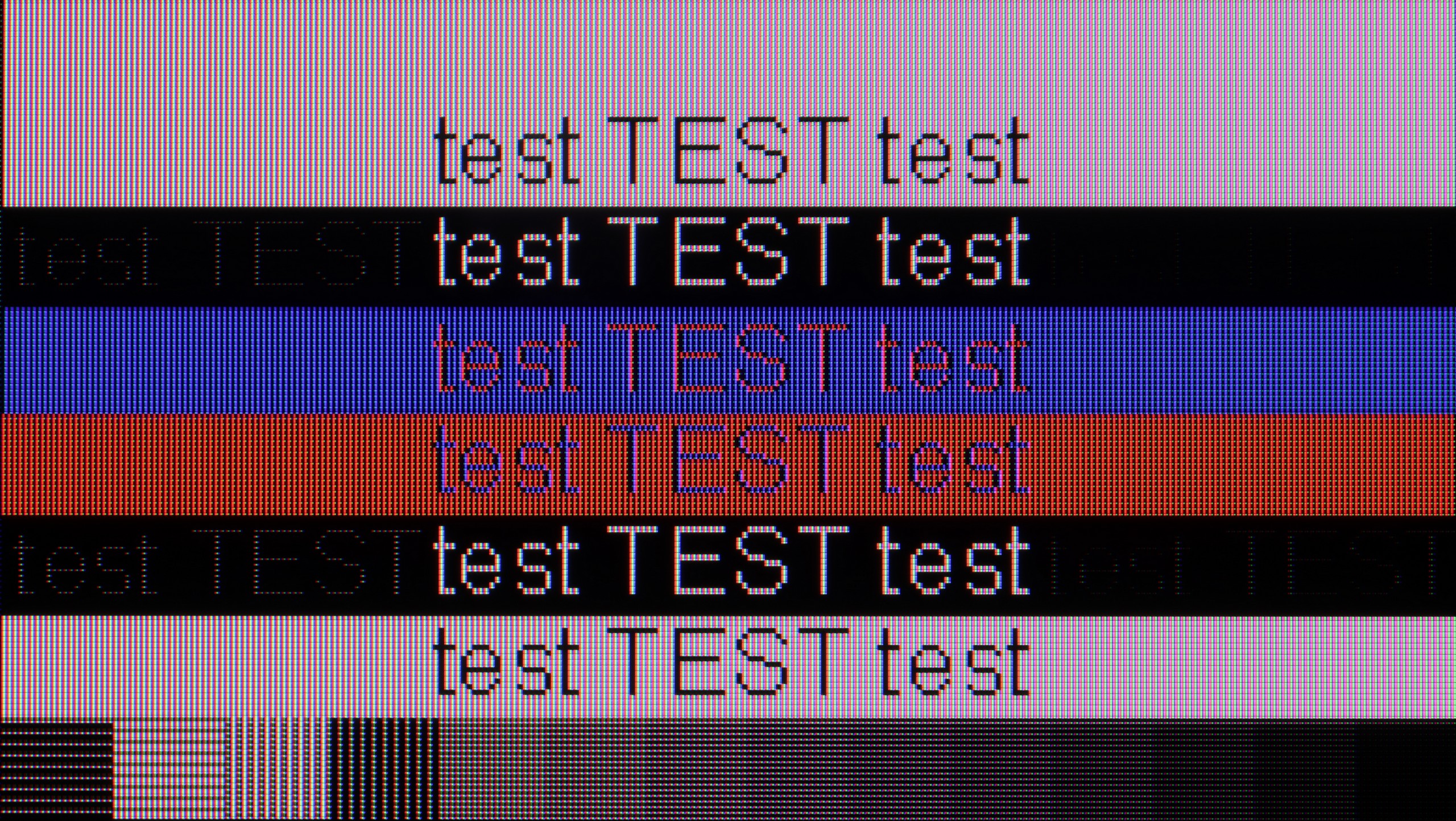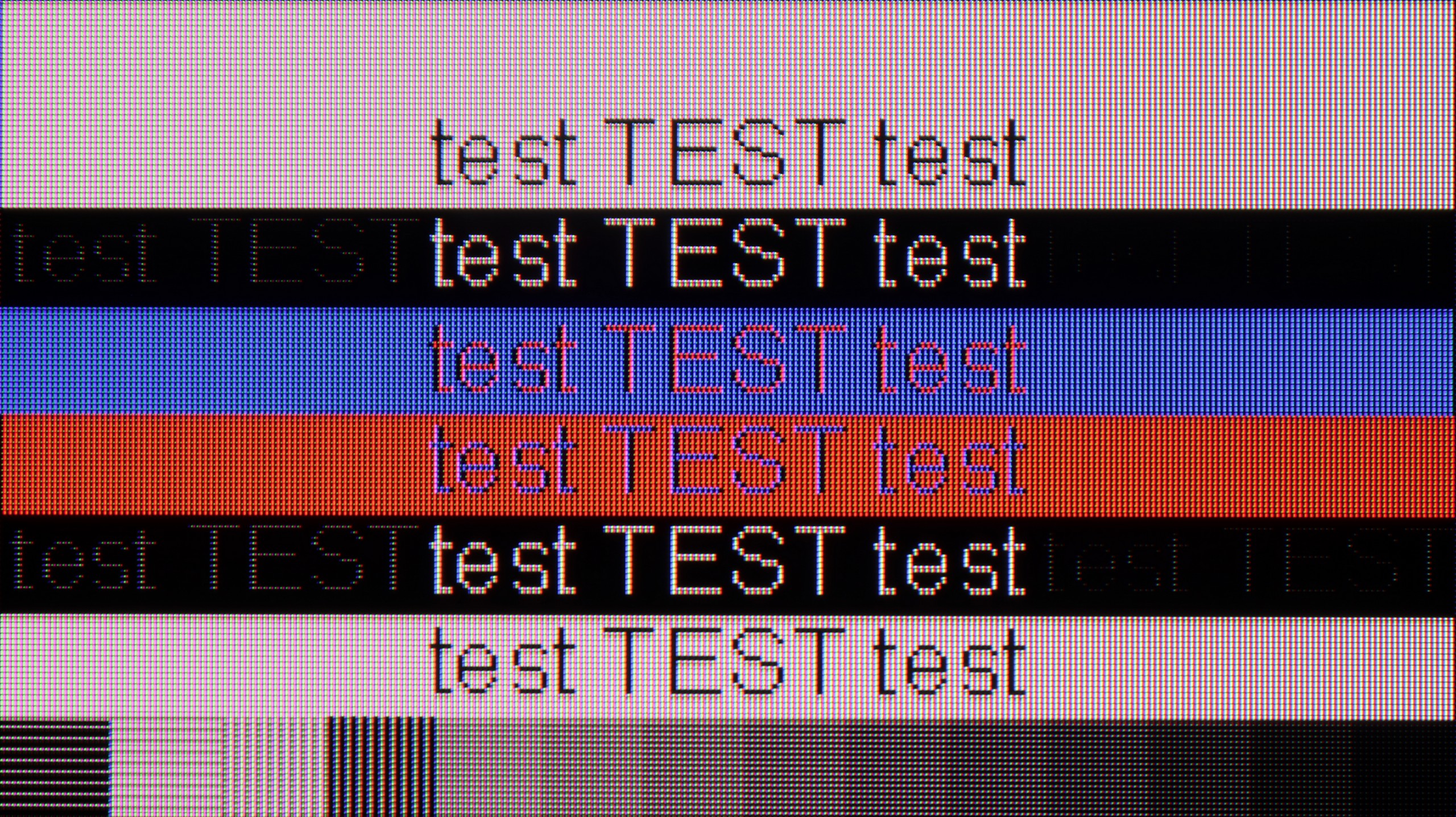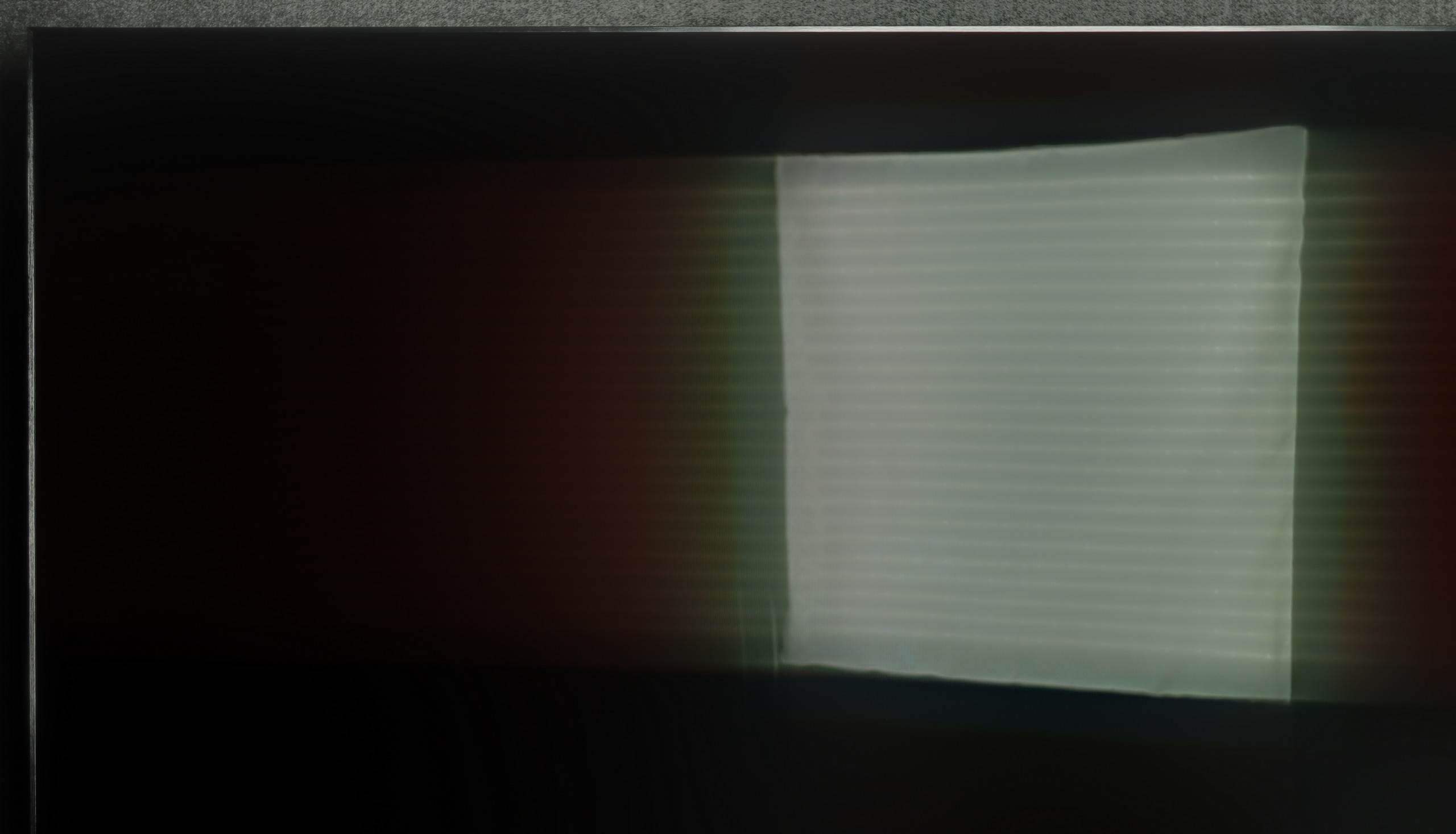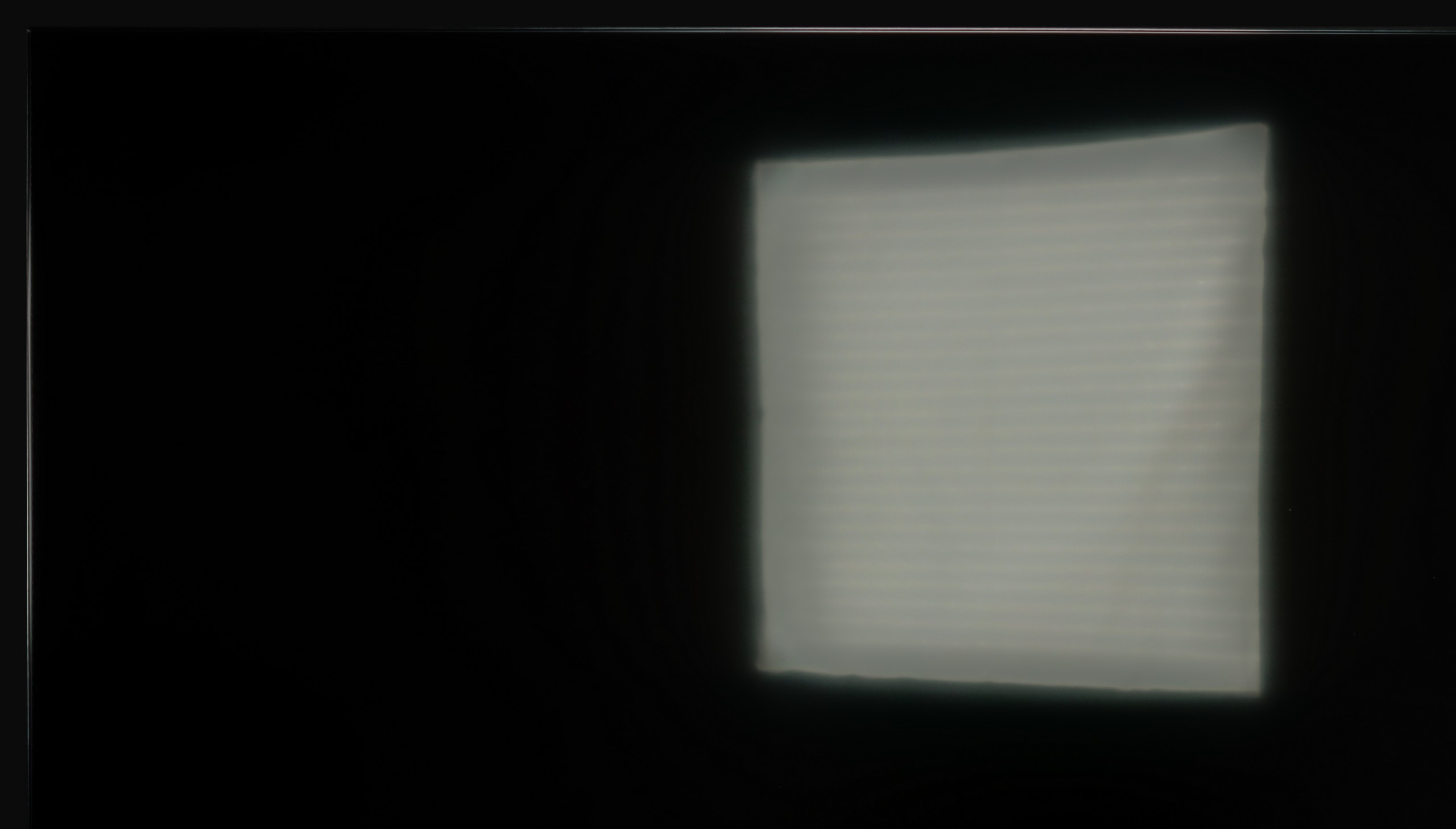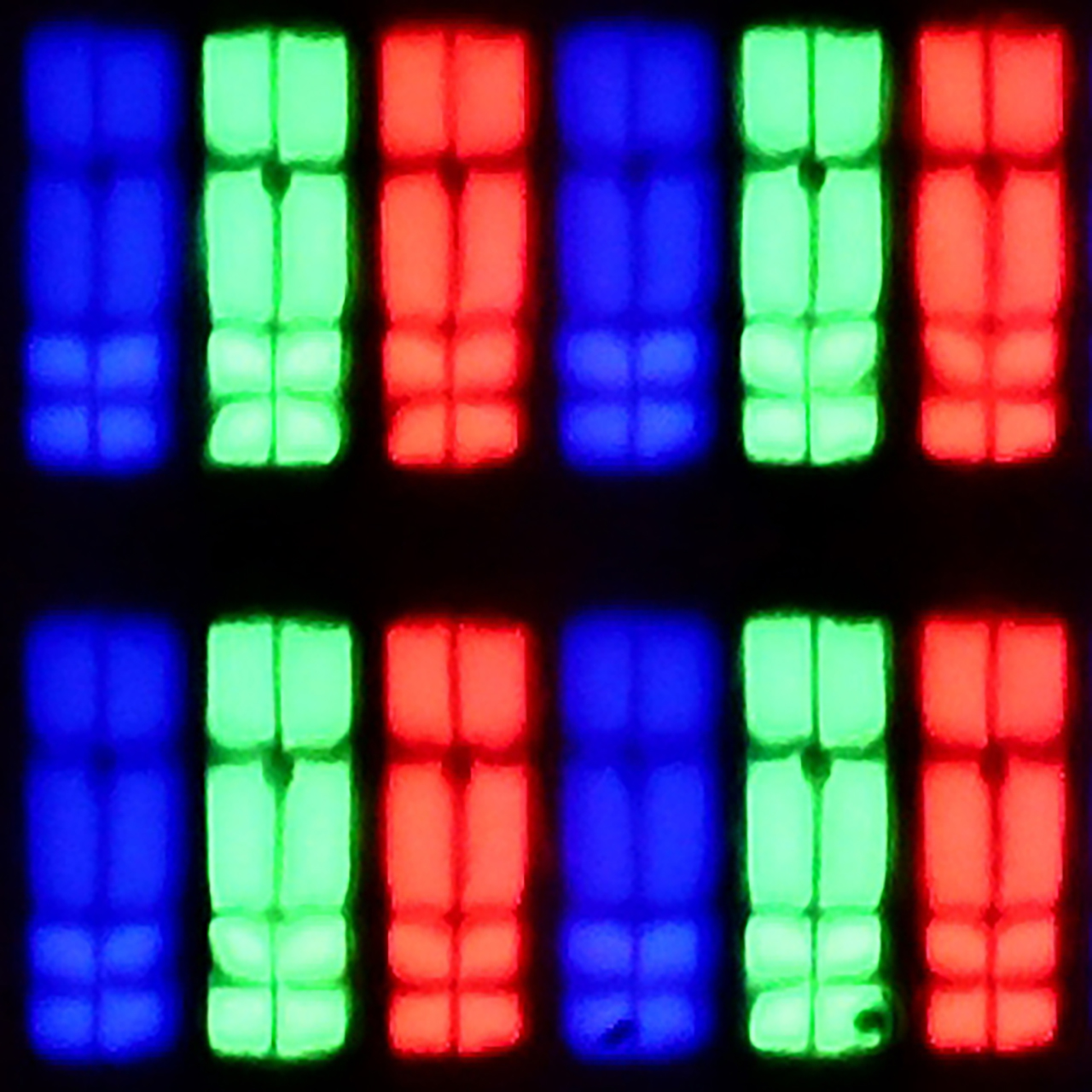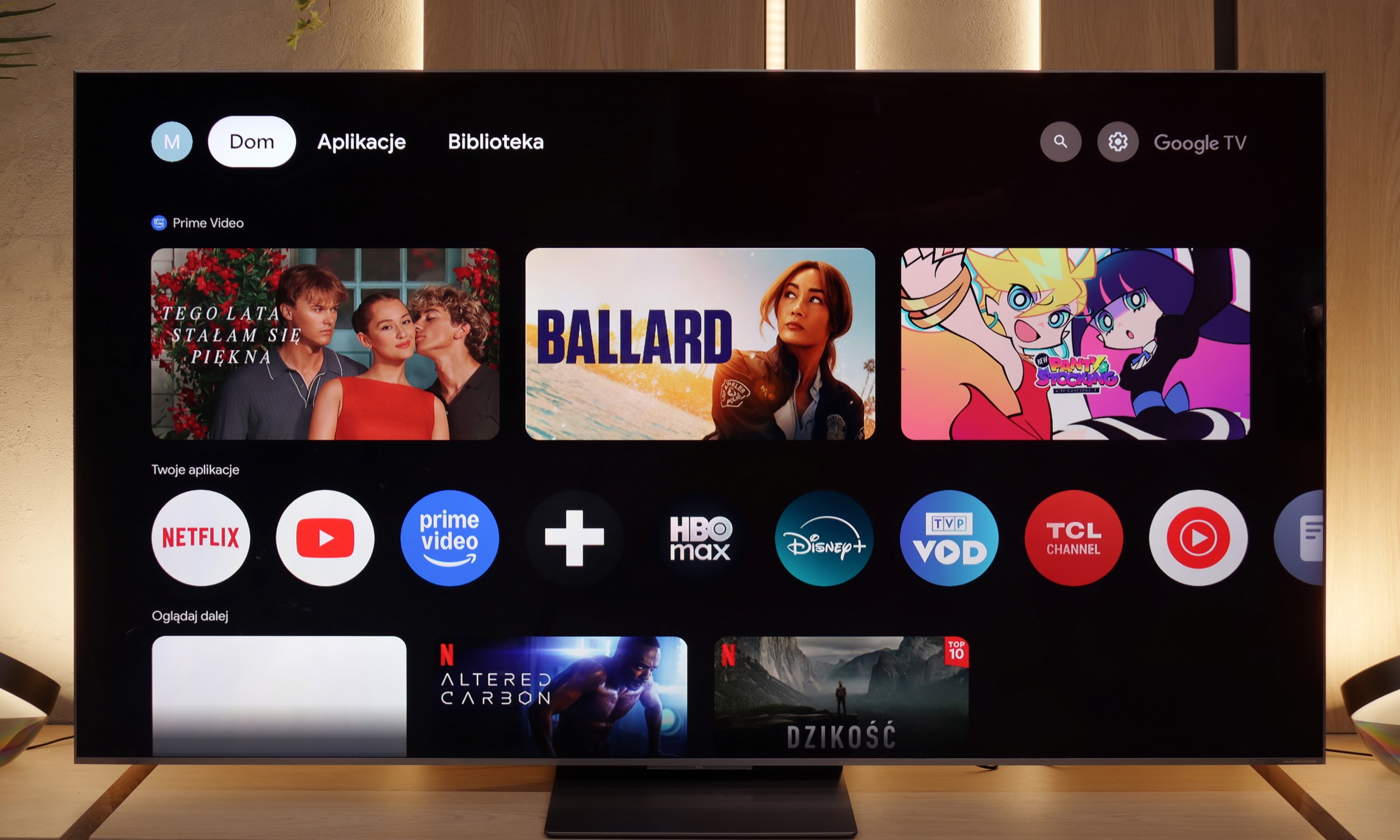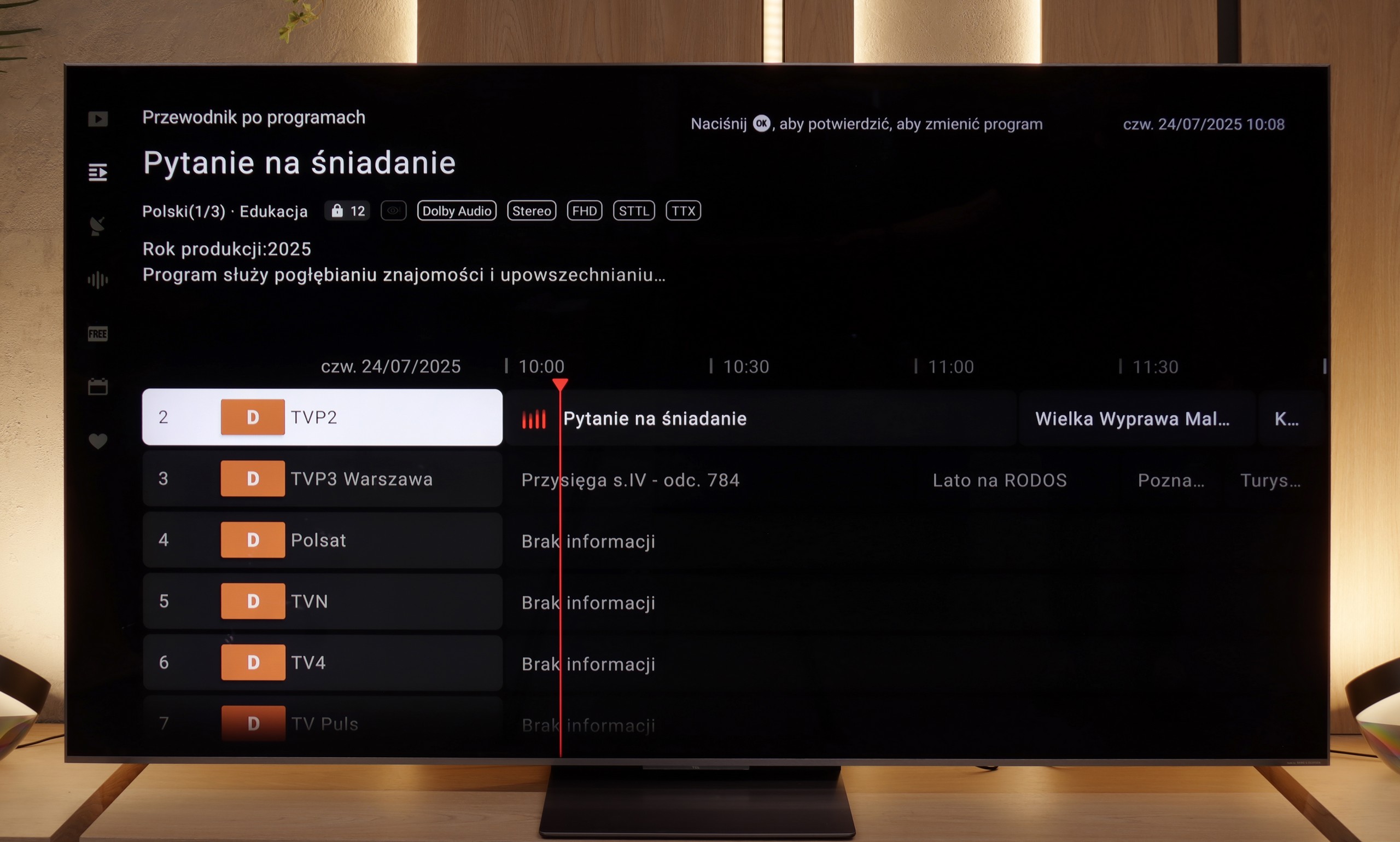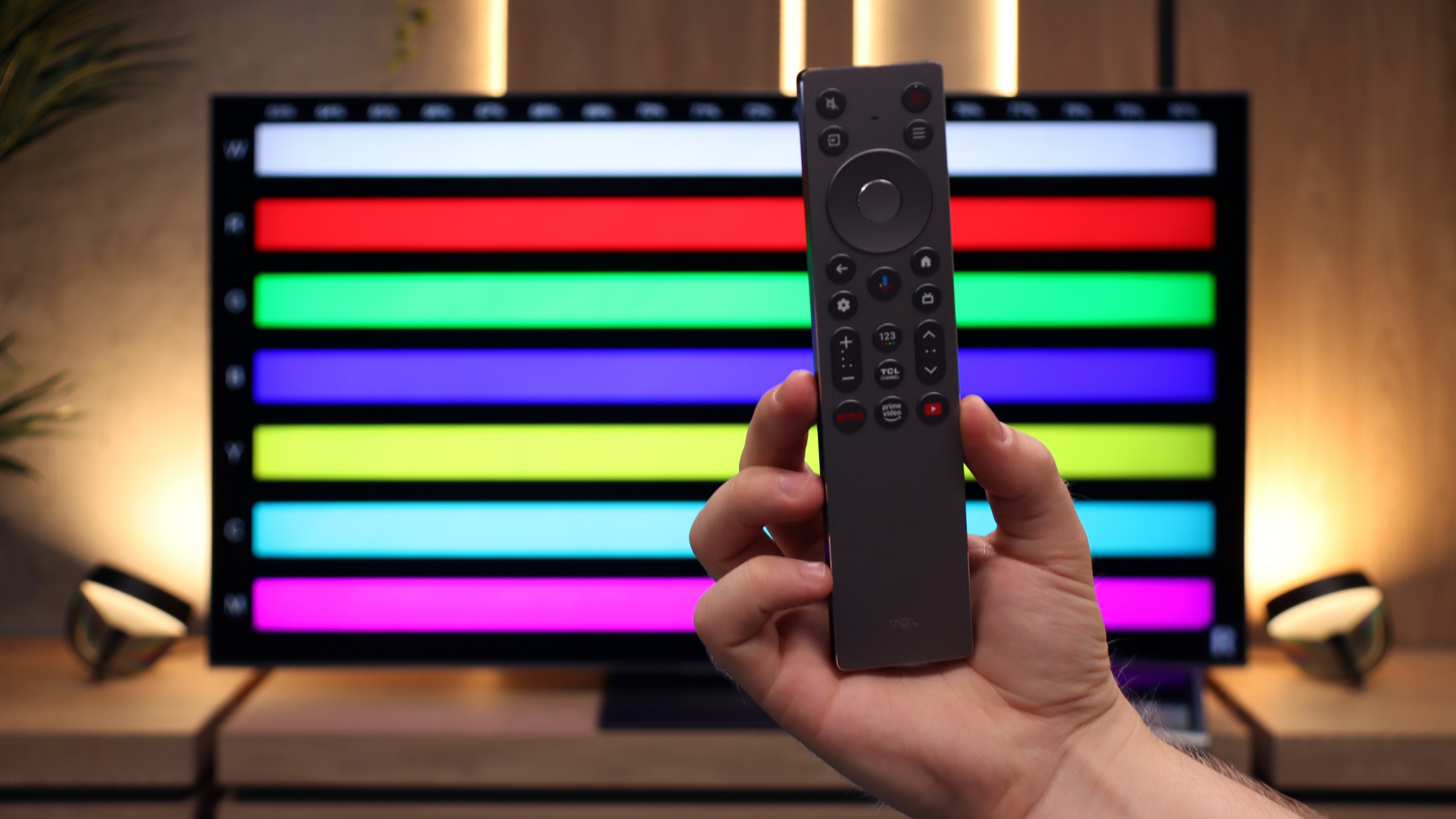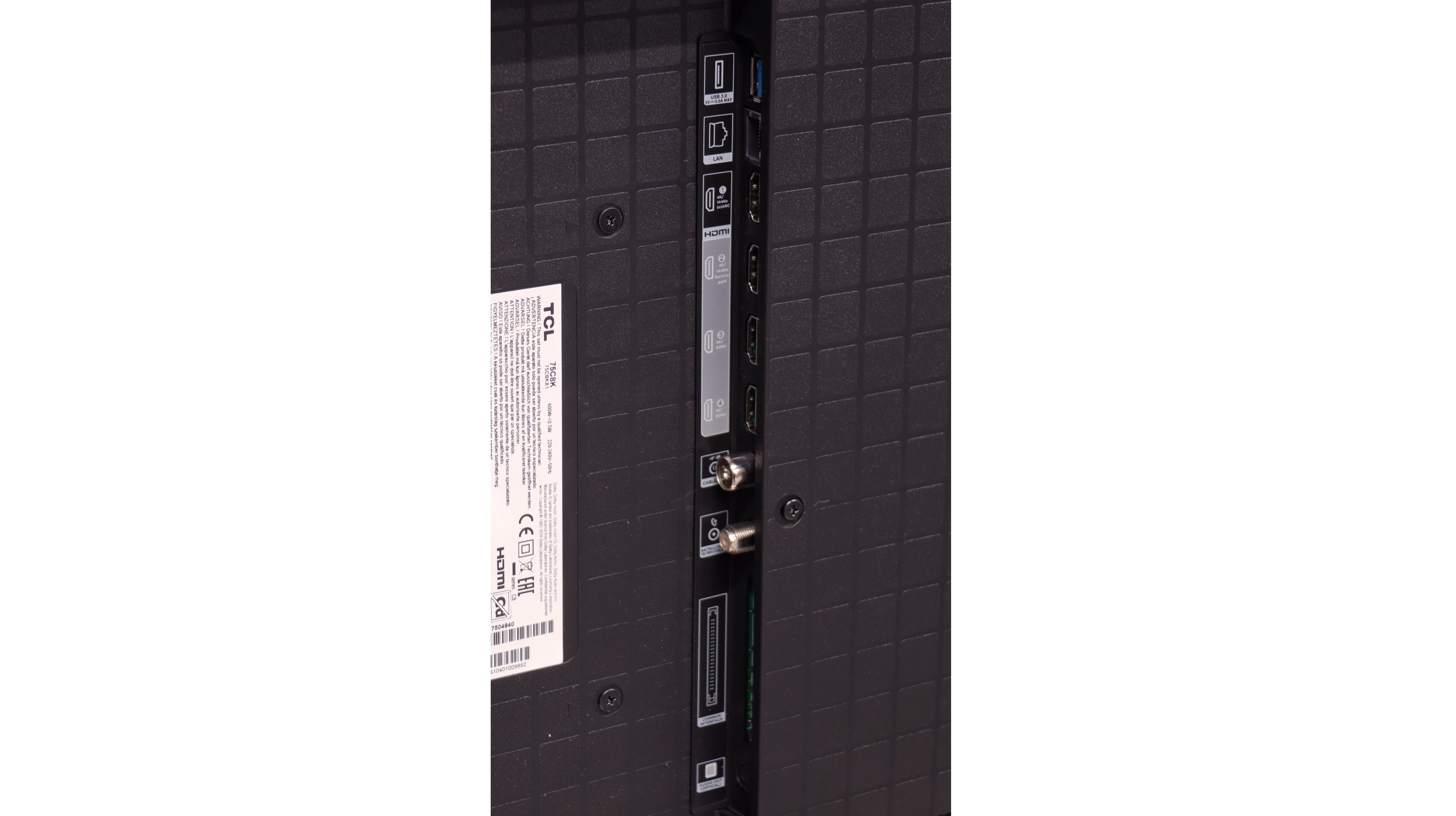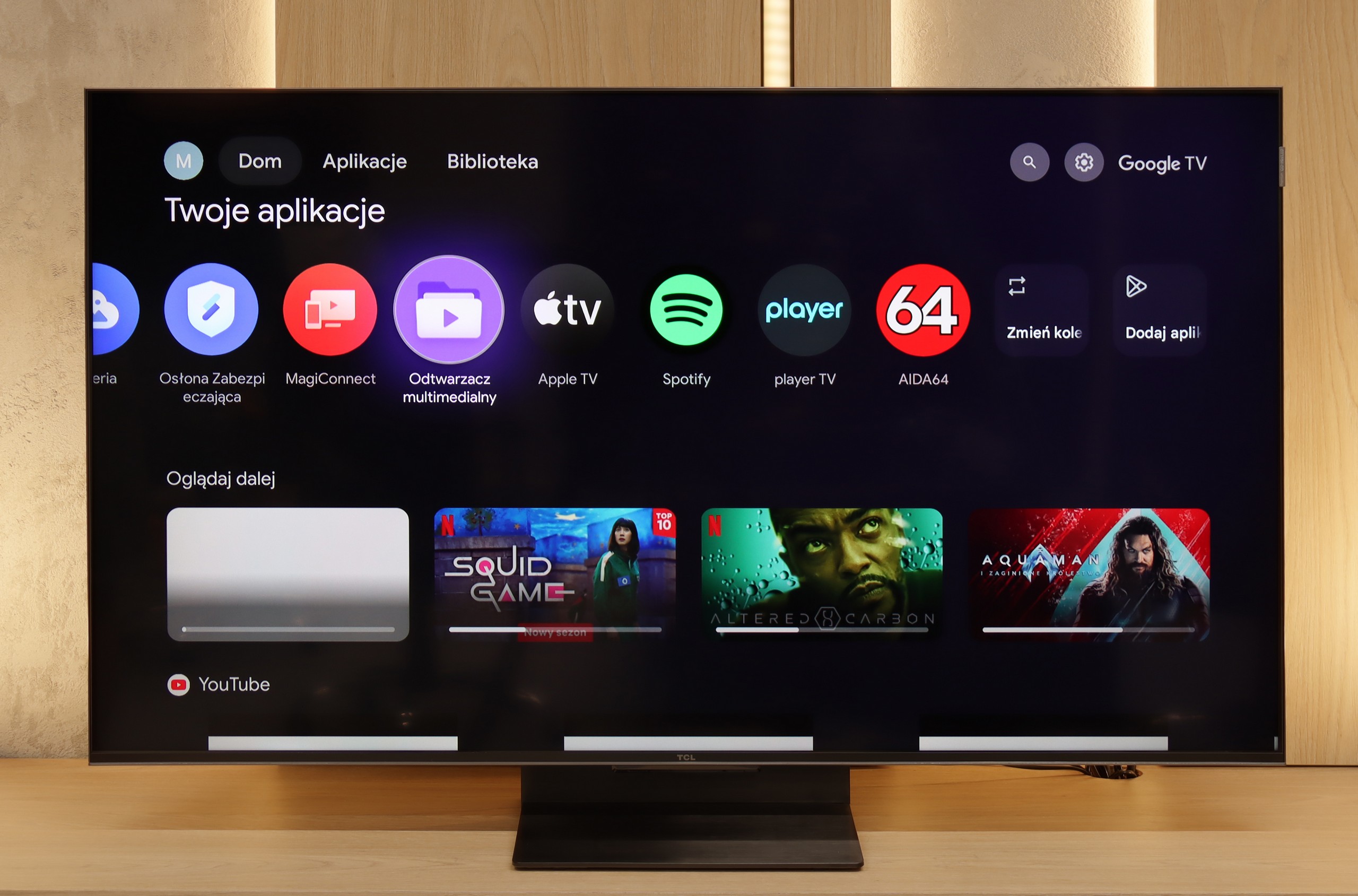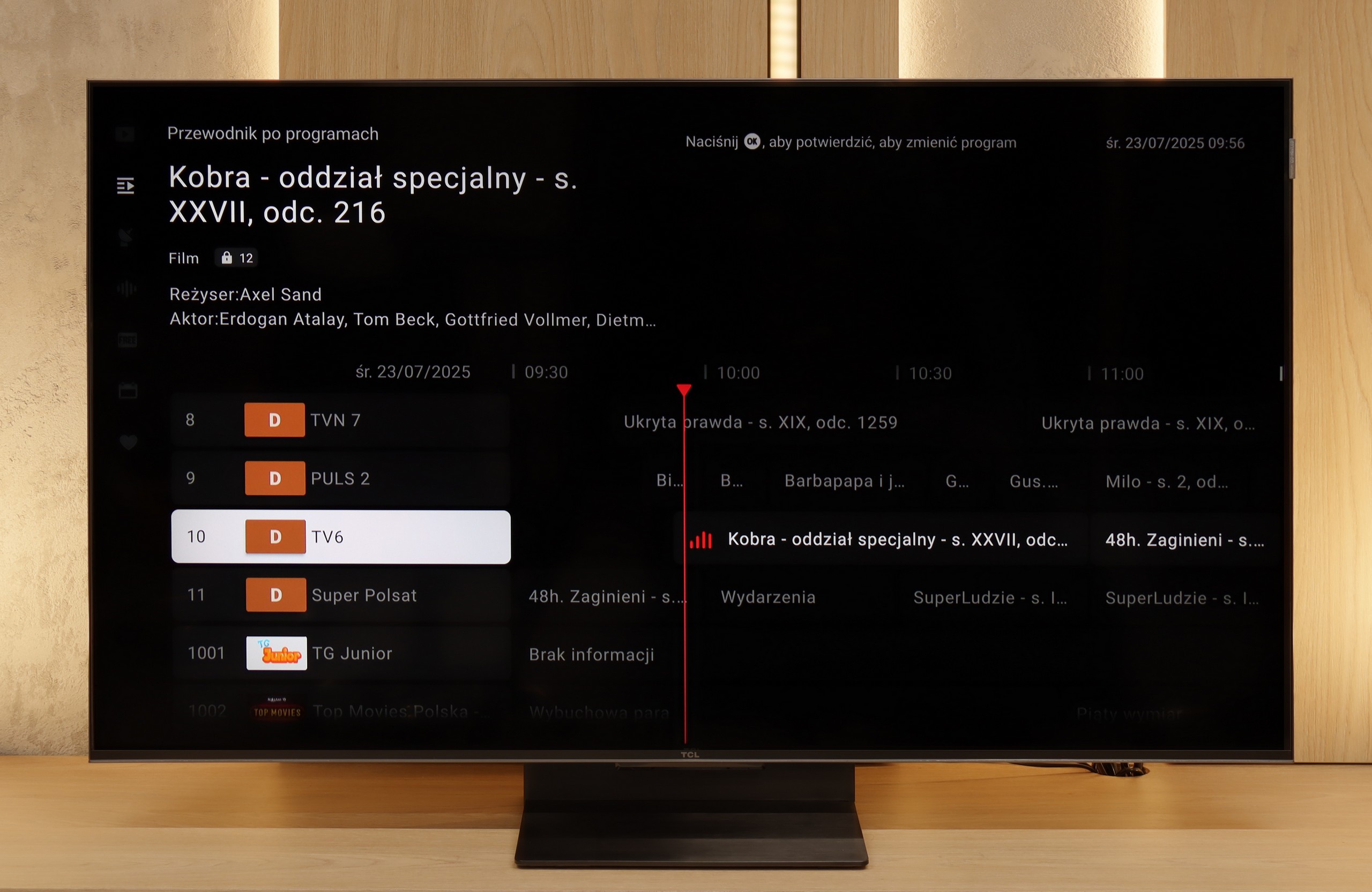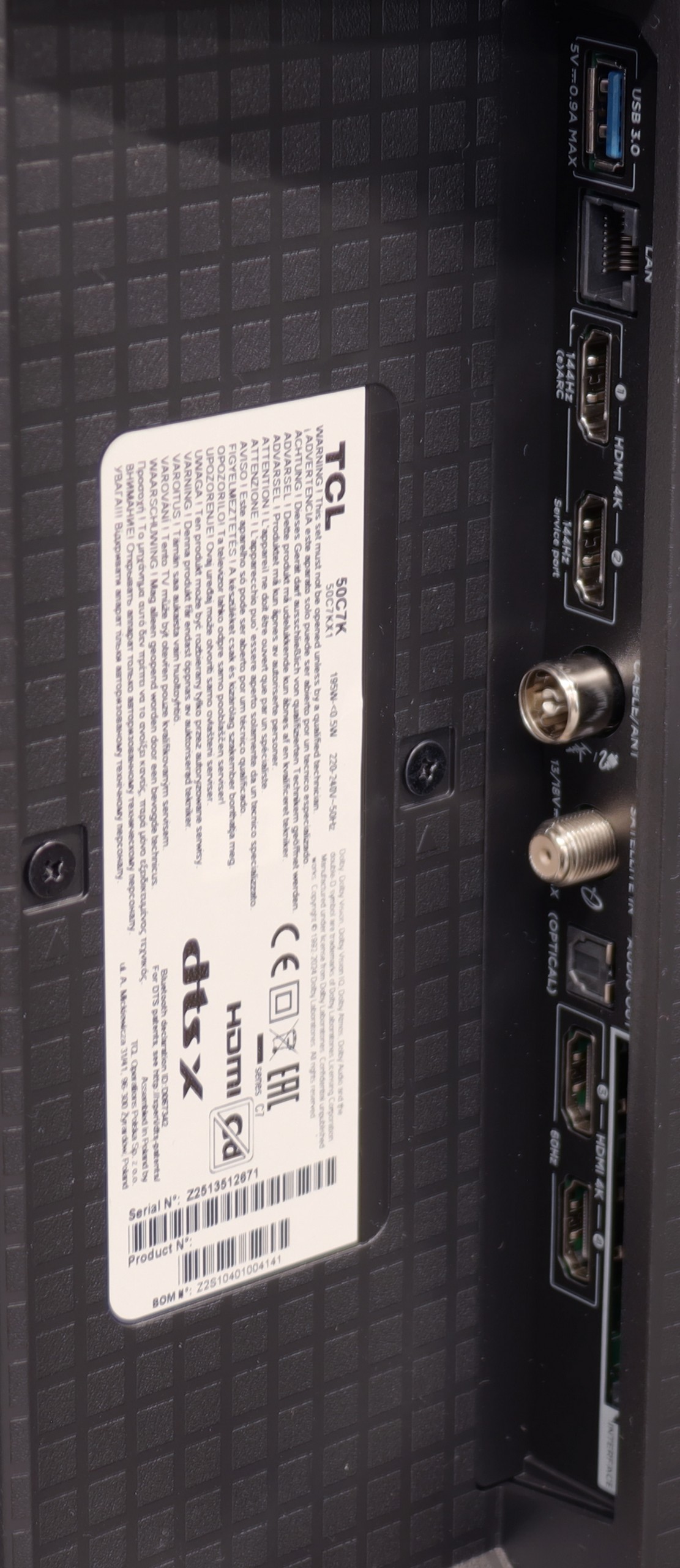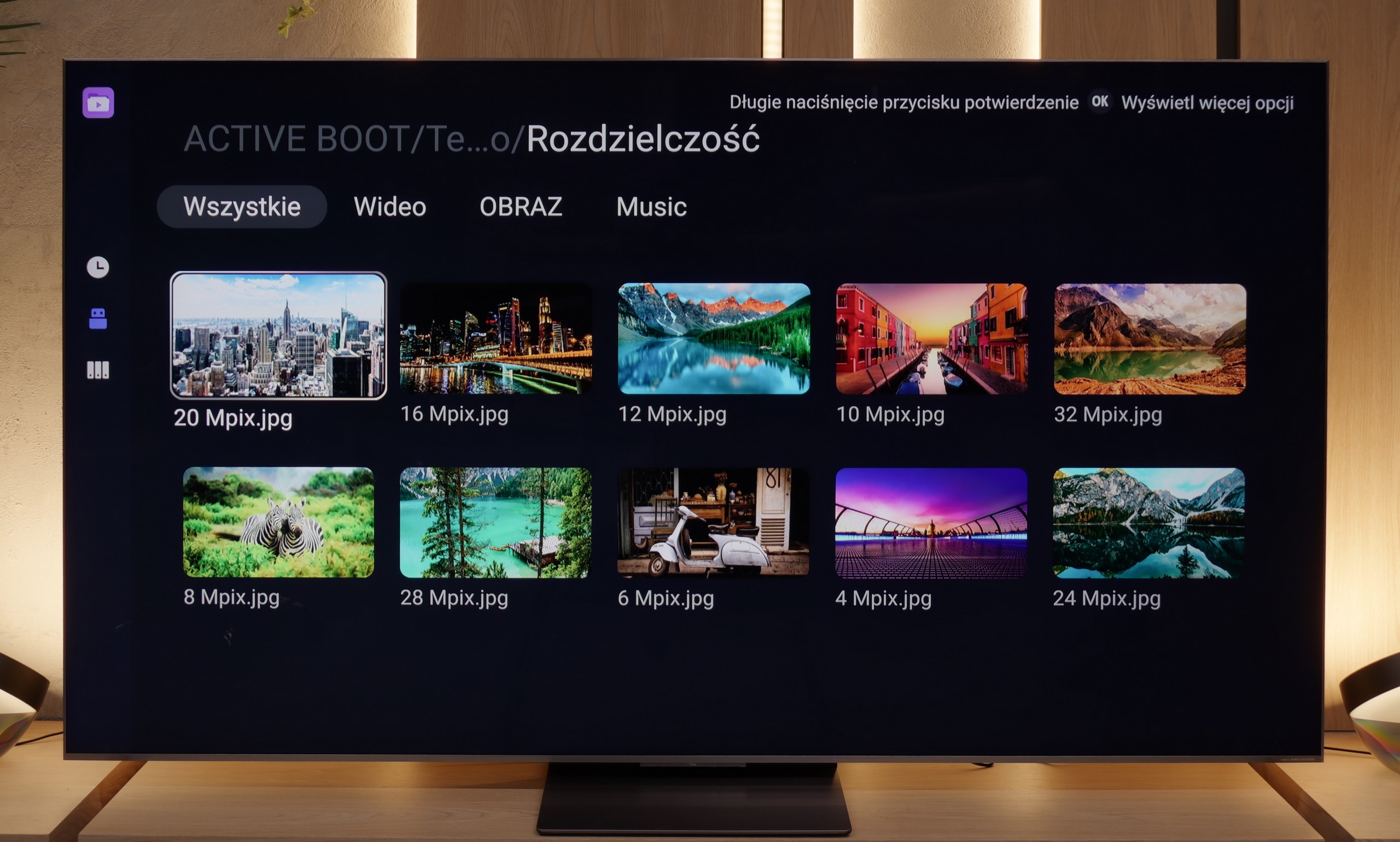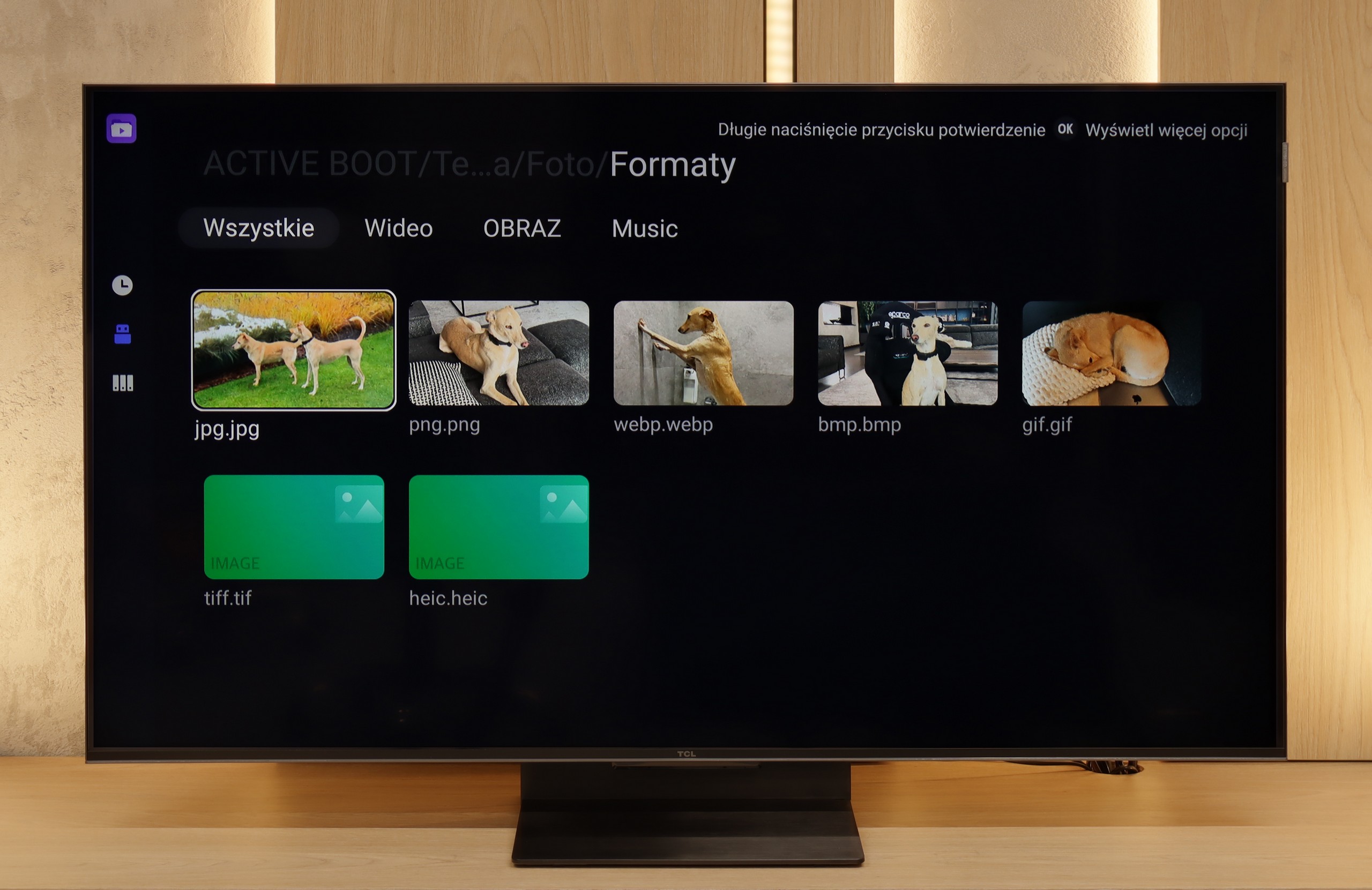TCL C8K is a really bright television. In synthetic conditions – that is, during tests with brightness charts – it was able to achieve even 3500 nits peak brightness in movie mode. That's an impressive result and brings the C8K close to the market leaders, at least when it comes to panel brightness. More importantly – these aren't just numbers on paper. In films with a lot of bright scenes, such as Life of Pi or The Meg, the brightness clearly exceeds 1000 nits, providing a true sense of HDR effect. The picture in those moments looks very dynamic, colors are saturated thanks to excellent coverage of the color palette, and the lights are – spot on and intense. Exactly how it should be.
However, this doesn’t mean that everything is perfect. Just like in contrast tests, here too, in more demanding scenes, compromises appear. In sequences with very fine light elements – such as stars in the night sky or reflections in dark rooms – the local dimming algorithm can… get confused. Instead of bringing those details up, the television sometimes decides to dim them significantly – down to around 300 nits – to maintain deep blacks. On one hand, this is quite a sensible approach (better deep black than a grey/navy blue screen), but on the other – there may be moments when certain elements of the picture become difficult to see or even disappear into darkness.
TEST UPDATE (20/08/2025): The brightness control algorithm in this model is quite problematic – attempting to calibrate the picture so that it doesn’t drastically overexpose the brightest scenes results in unnatural shifts: improvement in one part of the image results in deterioration in another. The television may achieve slightly higher readings in brightness measurements, but in practice, this comes with a heavily overexposed image that looks very unnatural!
For the record, we provide brightness values without this adjustment:
1463 nits
640 nits
1368 nits
468 nits
1025 nits
TCL C7K is one of the brightest MiniLED TVs in its price class. Under optimal testing conditions, the screen can achieve over 1200 nits, resulting in impressive, at times dazzlingly bright scenes. And most importantly – this isn’t just a theory from measurements. In practice, even the brightest moments in movies can shine with true cinematic grandeur. Home HDR cinema fans should be really pleased.
The impression is fantastic, especially in scenes with large areas of brightness – a white sky, explosions, sun reflections, or magical sunsets can surprise with an intensity of light that rarely appears in this price range.
However, things get a bit worse when more challenging scenarios appear on the screen, previously described in terms of contrast – that is, images full of details, with small bright elements on a dark background. In such cases, the C7K often opts to preserve black at the expense of brightness. An example? Scenes from movies like Sicario 2 or Life of Pi, where small light sources (like a distant lantern) may become less visible, and details in the lights are simply dimmed or blend into the background.
For many viewers, this may be an acceptable compromise – as we achieve deep blacks and pleasant image depth. Nevertheless, it’s important to recognise that the visibility of small details in bright areas is not this model's strong suit. It’s simply a technological limitation that still exists – even with over 300 zones.
